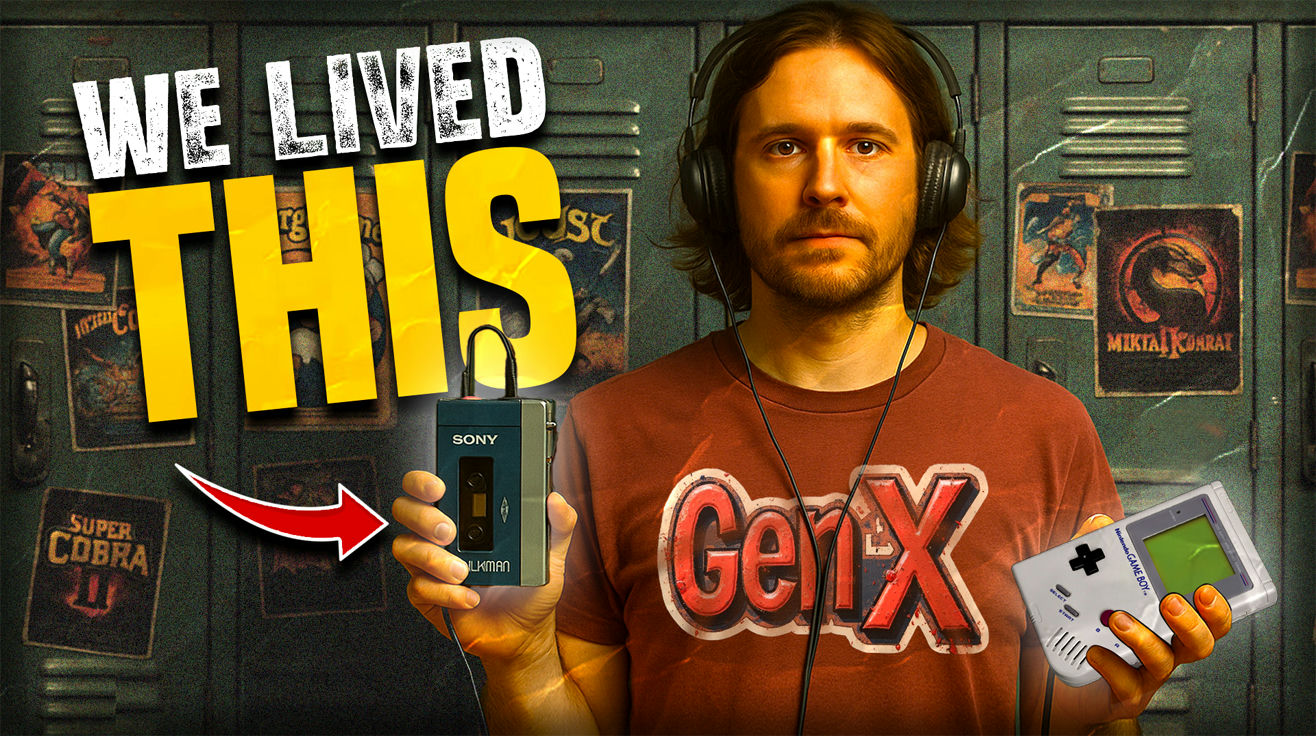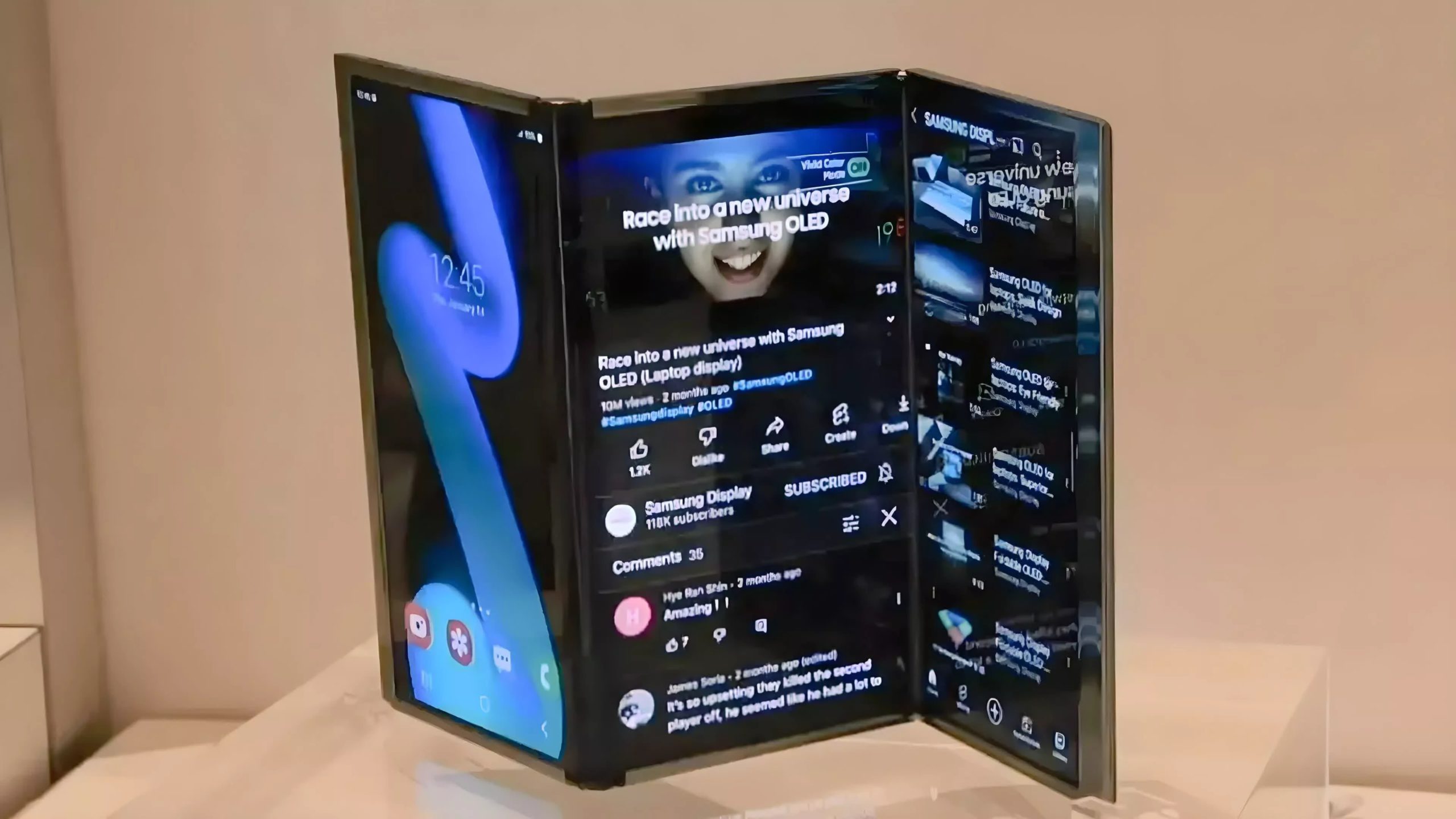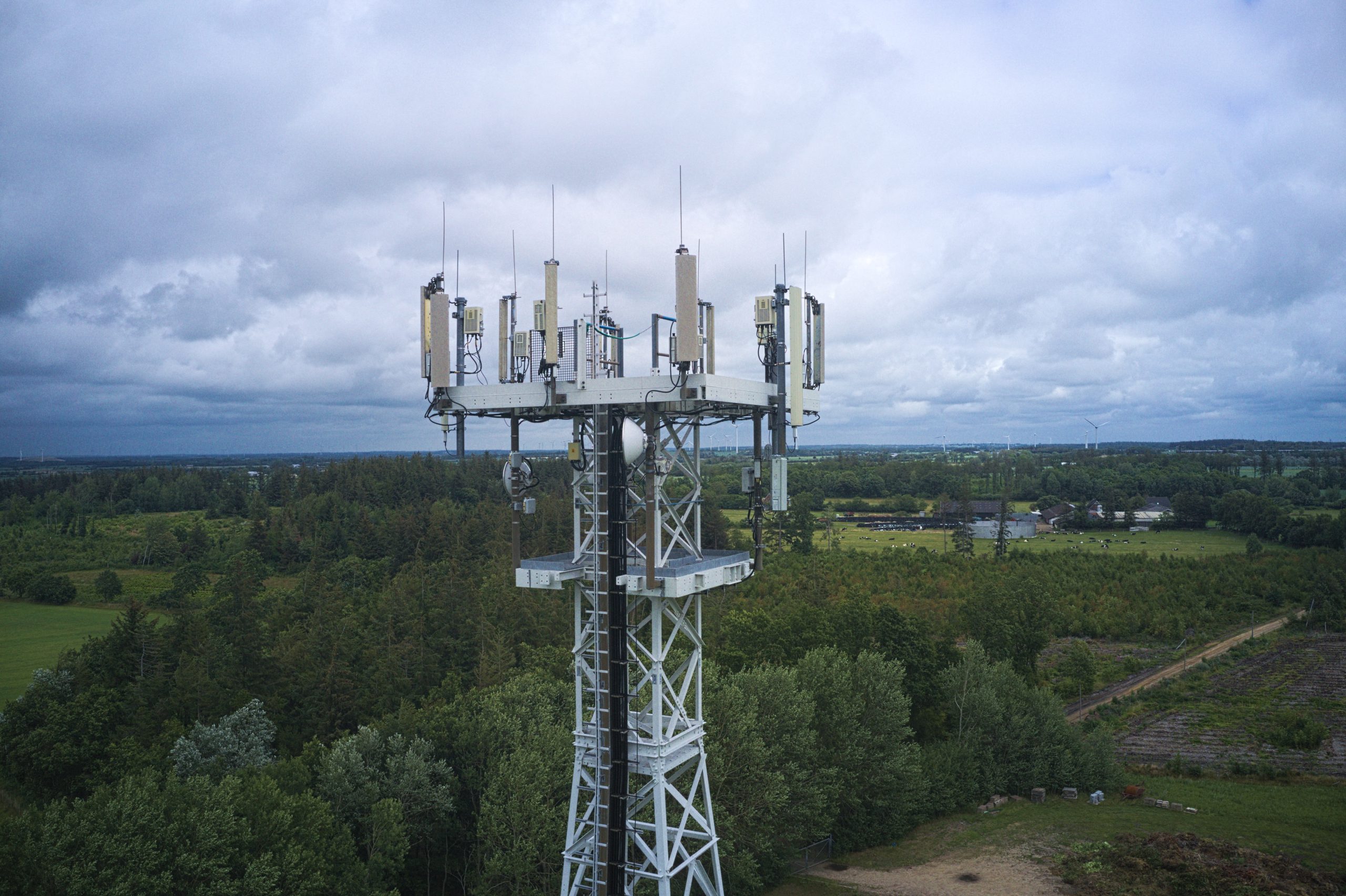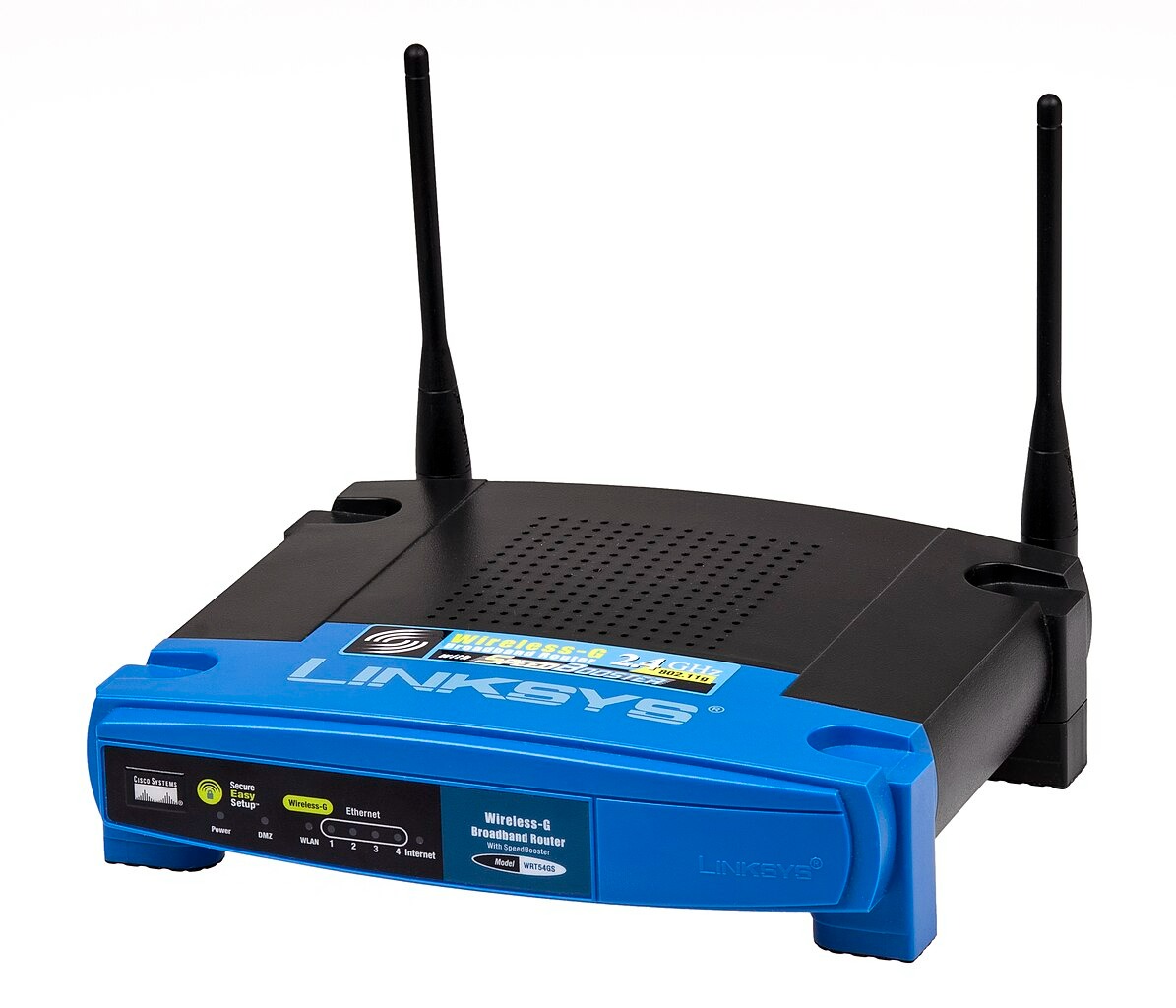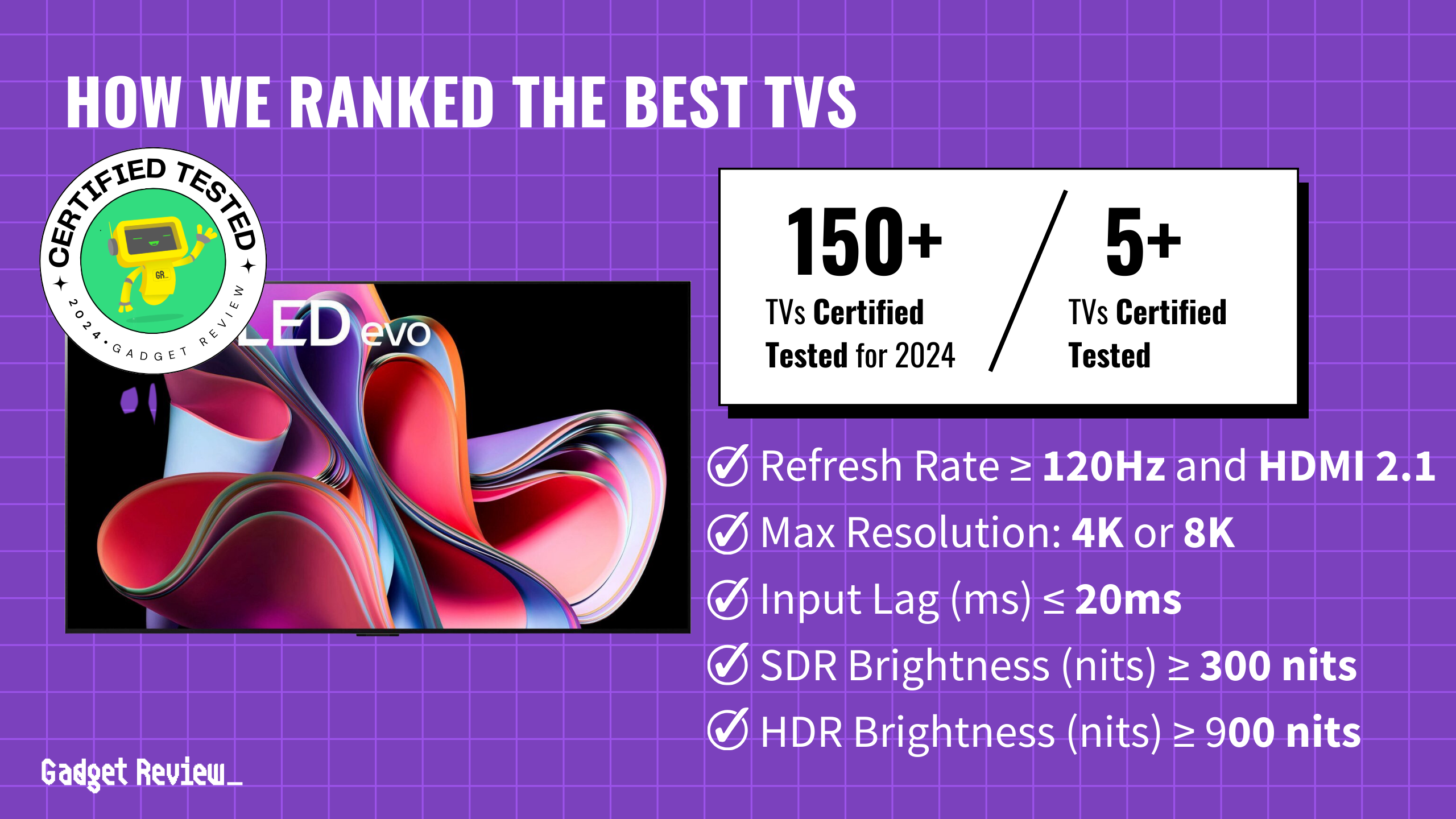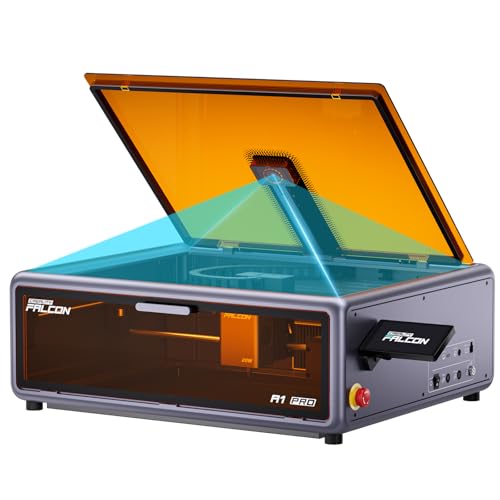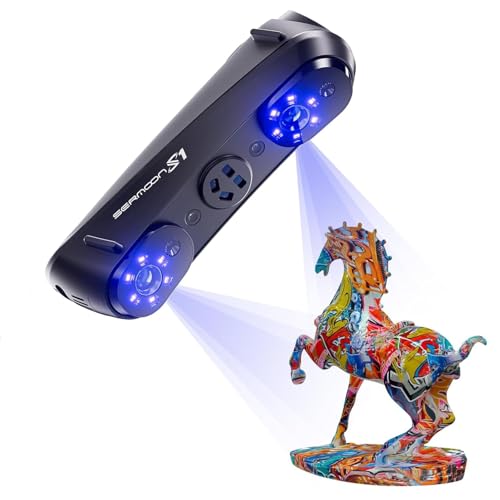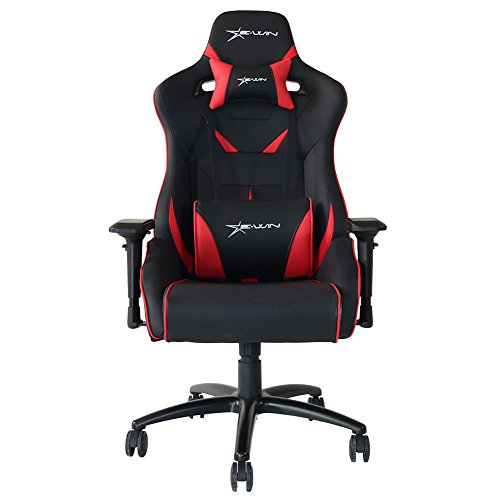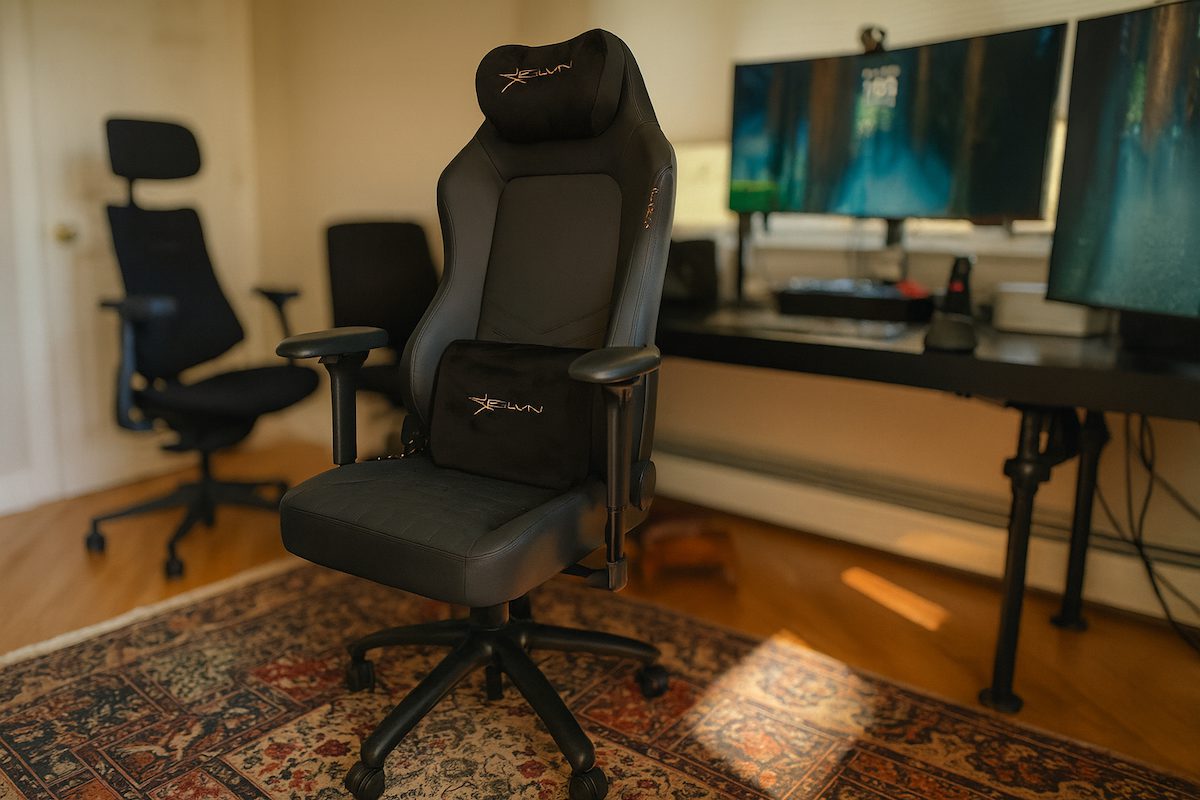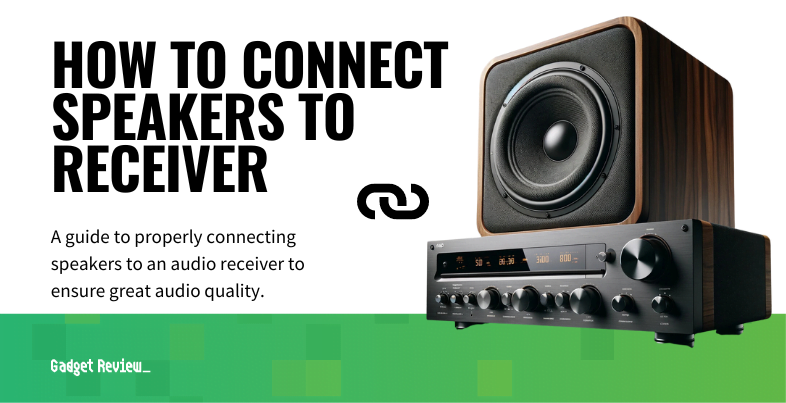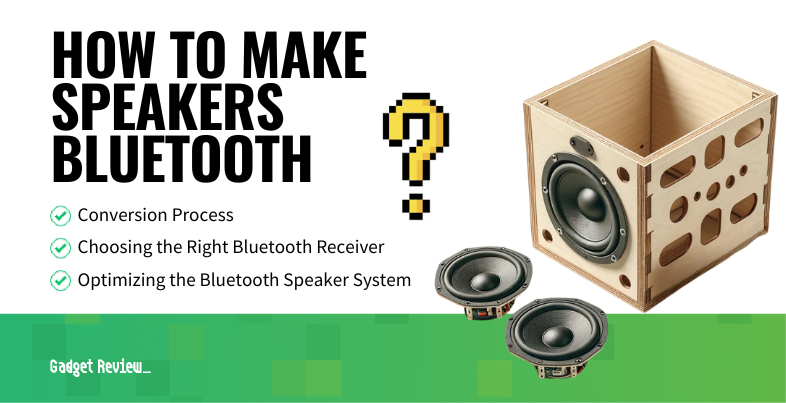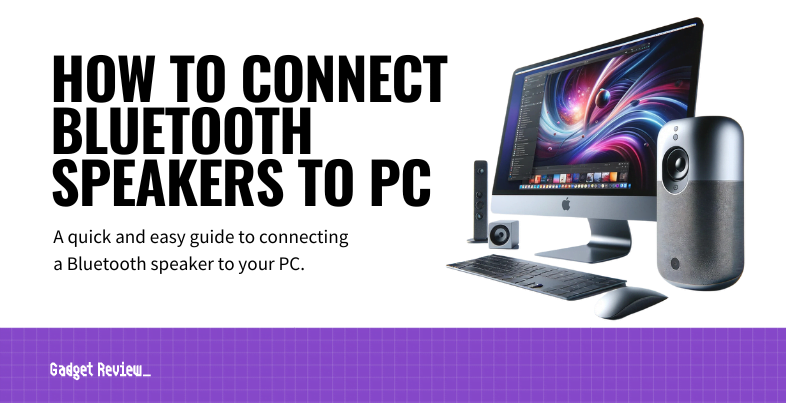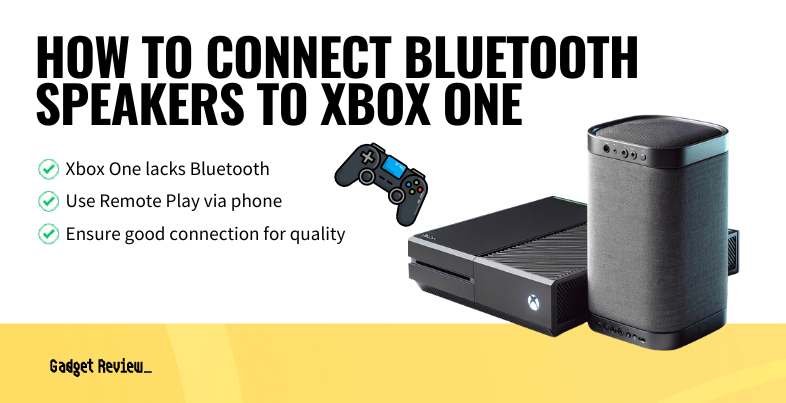Remember when technology didn’t spy on you, toys required actual imagination, and fashion mistakes weren’t immortalized on Instagram? Before algorithms decided your next binge-watch and before “going viral” meant anything other than catching the flu at school, life moved at dial-up speed with tangible rewards. These relics from the pre-digital era prove that sometimes the most meaningful experiences come with a little friction, patience, and the satisfying click of something real.
40. Teddy Ruxpin

This animatronic storytelling bear from 1985 was either magical childhood wonder or nightmare fuel, depending on your tolerance for uncanny valley experiences. Moving eyes and synchronized mouth movements read stories via cassette tapes inserted in his back—essentially a stuffed podcast host.
When batteries started dying, his slowing, demonic voice transformation taught kids valuable lessons about mortality and planned obsolescence. Nothing says “sweet dreams” like a malfunctioning robot bear.
39. Physical Maps
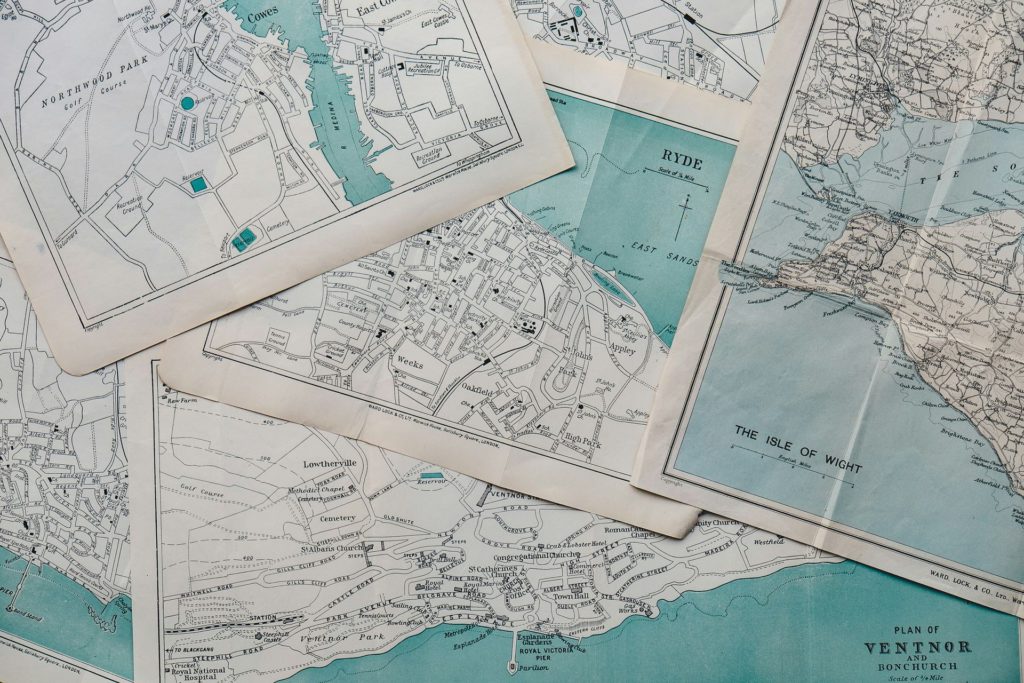
Navigation tools that required spatial awareness and couldn’t reroute when you made wrong turns or ignored directions. Ritualistic unfolding and refolding (never quite right) created physical relationships with geography that GPS has eliminated completely.
Planning required for road trips—highlighting routes, calculating distances, identifying rest stops—built anticipation that turn-by-turn directions have replaced with passive following and decreased geographical awareness.
38. Overhead Projectors
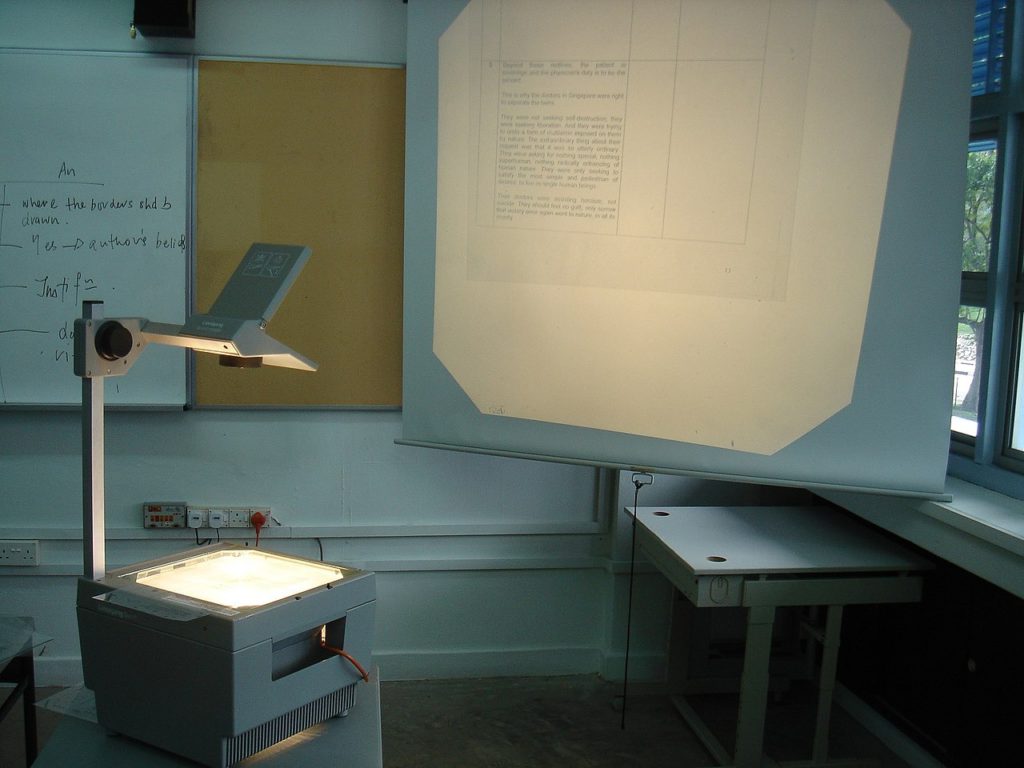
PowerPoint predecessors that turned teachers into shadow puppeteers with questionable artistic skills. These classroom staples projected transparent sheets onto walls while educators developed carpal tunnel from writing backward for better visibility.
Dramatic unveiling of information by sliding paper down the transparency created educational suspense that no slide transition effect has ever matched. Projector fan white noise provided perfect cover for passing notes—the original private messaging system.
37. Air Popcorn Poppers

Before microwave bags filled with chemicals masquerading as butter flavor, these countertop cyclones turned popcorn-making into household spectacle. Whirring tornadoes of hot air sent kernels flying like indoor fireworks, occasionally escaping to be discovered months later under the refrigerator.
Resulting popcorn was so bland it practically begged for the butter bath that negated any health benefits. Watching the process unfold was half the entertainment—a pre-TikTok form of mesmerizing content.
36. Cassette Tapes
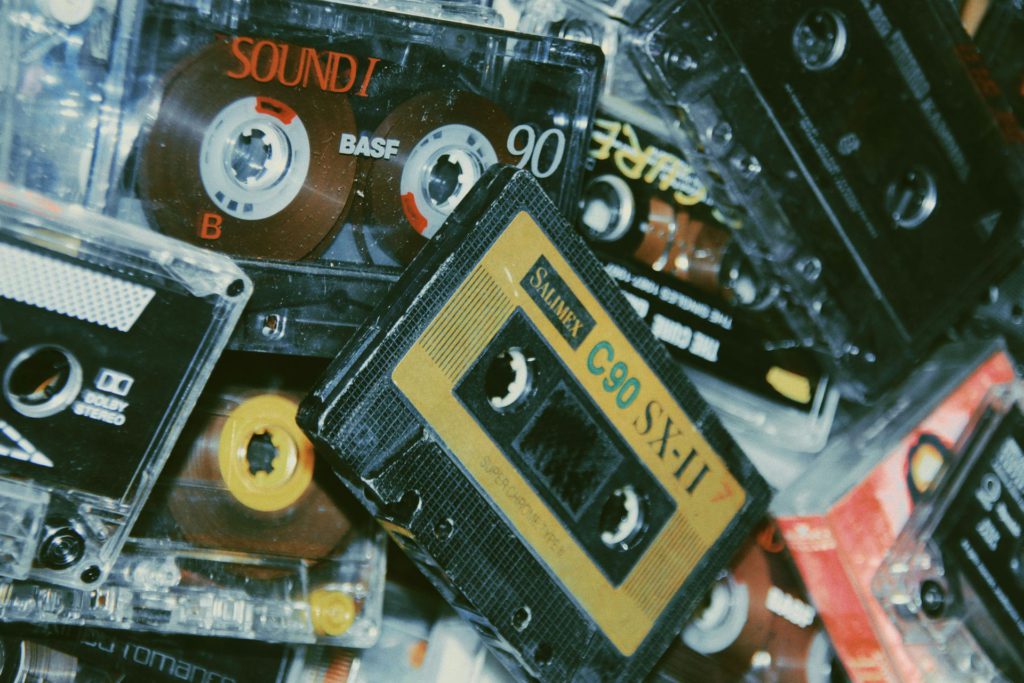
Physical rectangles of musical possibility that required human interaction streaming can’t replicate. Creating mixtapes involved carefully selecting songs, writing track lists, and decorating cases—analog content curation at its finest, minus the algorithm interference.
Pencil-rewind tricks and heartbreak of tape tangles were small prices to pay for portable music that didn’t require Wi-Fi or monthly payments. Sometimes the best technology breaks in interesting ways. We love cassette tapes.
35. VHS Tapes and VCRs
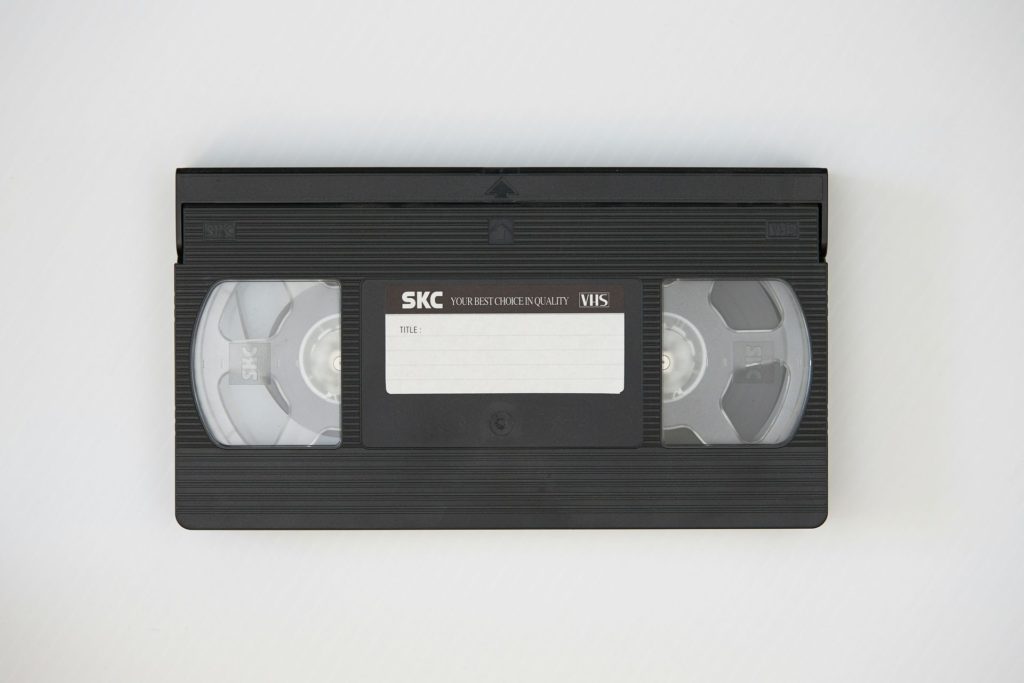
Before streaming services decided what you should watch, VHS tapes gave you ownership over your entertainment—even if they consumed an entire wall of storage space. The sacred ritual of “be kind, rewind” and anxiety over late fees shaped an entire generation’s sense of civic responsibility.
Nothing says commitment like dedicating three hours to recording your favorite show, only to have your mom tape over it with “Days of Our Lives.” That betrayal cut deeper than any streaming cancellation ever could.
34. Board Games
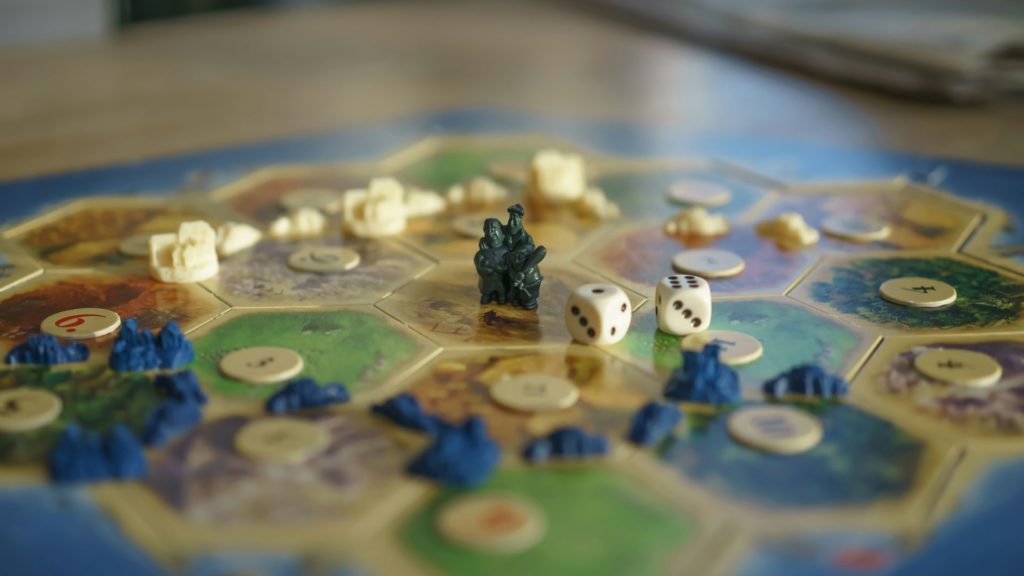
Family entertainment that created face-to-face interaction without screens, notifications, or digital distractions interrupting the experience. Physical components—dice, cards, spinners, tiny hotels on Boardwalk—engaged multiple senses in ways digital games cannot replicate.
Shared experiences of gathering around tables created natural conversation and connection, teaching social skills and strategic thinking simultaneously without requiring internet connections or software updates.
33. Mechanical Watches

Timekeeping devices requiring regular winding—physical reminders of your relationship with time itself. Intricate gears and springs visible through display backs connected wearers to engineering principles rather than black-box technology.
Slight imprecision of mechanical movements created more forgiving relationships with time than digital exactitude demands in our hyperconnected, always-on modern world.
32. Nintendo Game Boy
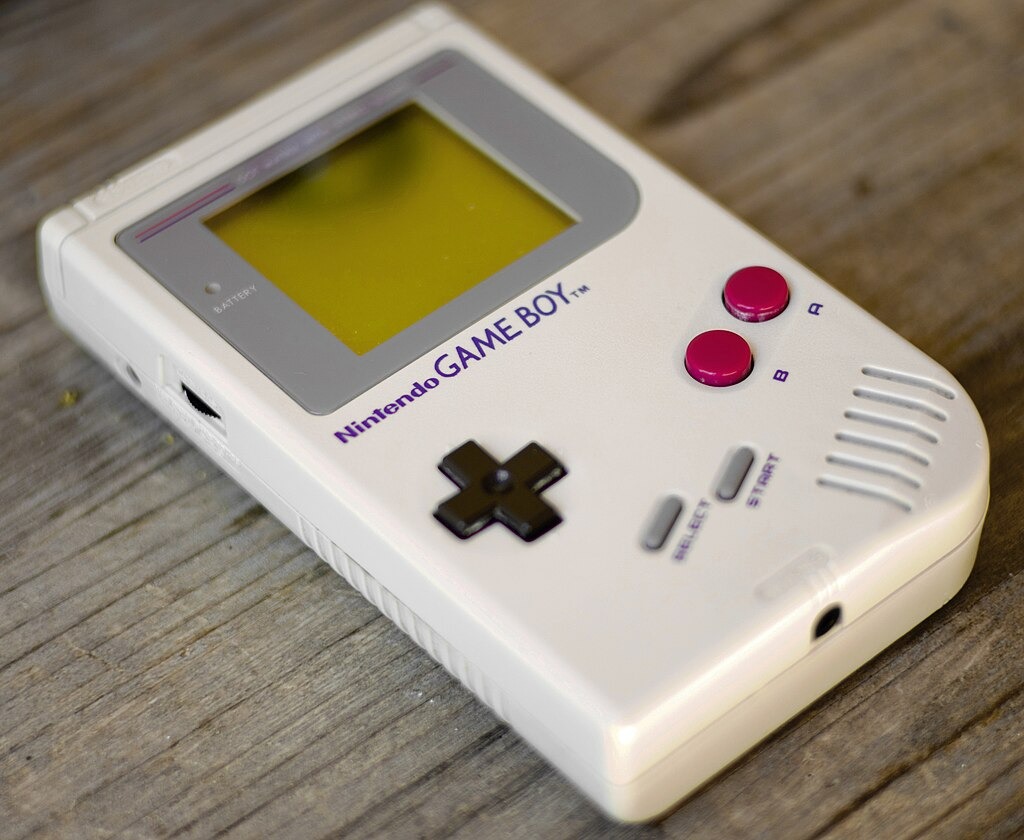
When Gunpei Yokoi unleashed this gray brick in 1989, he wasn’t just creating a handheld console—he was manufacturing childhood obsession in portable form. With its pea-soup green screen and insatiable AA battery appetite, the Game Boy turned long car rides and doctor’s waiting rooms into Tetris tournaments.
Legendary durability meant surviving everything from toilet drops to sibling rage quits—unlike today’s devices that crack if you look at them wrong. Gulf War soldiers famously played Tetris on Game Boys that survived bomb blasts.
31. Disposable Cameras
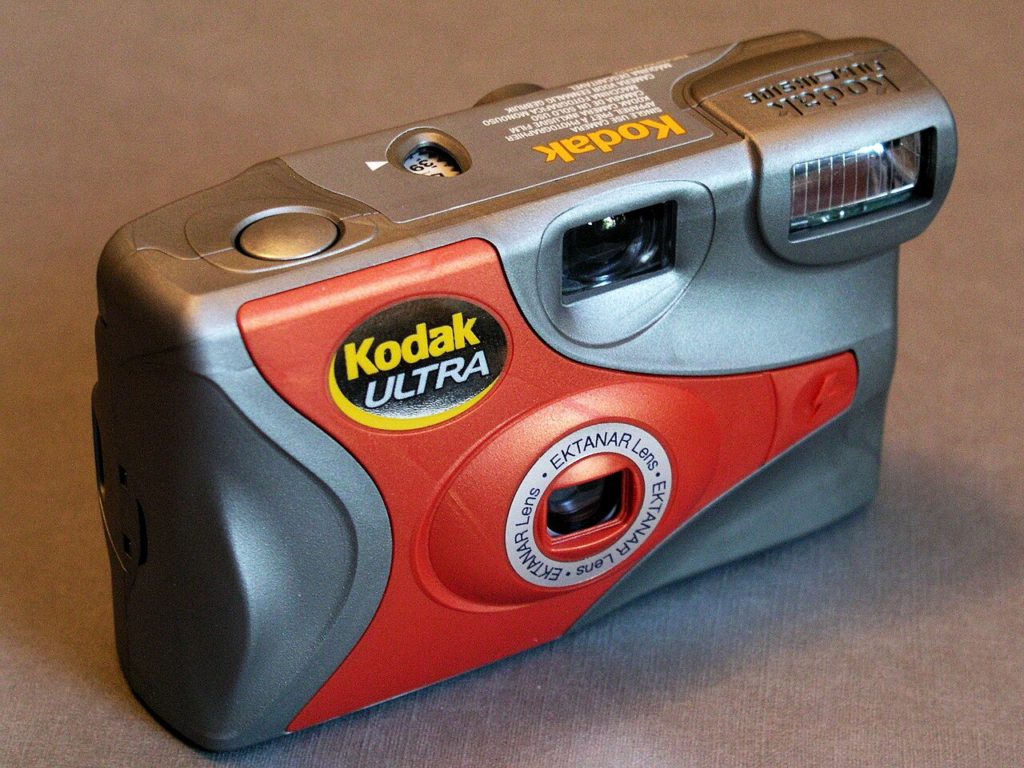
Photography democratized through plastic, single-use devices that appeared at every wedding reception table like party favors with purpose. Inability to preview images created genuine, unfiltered moments rather than posed perfection dominating today’s social feeds.
Anticipation of developing vacation photos weeks after returning home extended experiences, unlike immediate social validation of posting travel content in real-time for likes and comments.
30. Floppy Disks
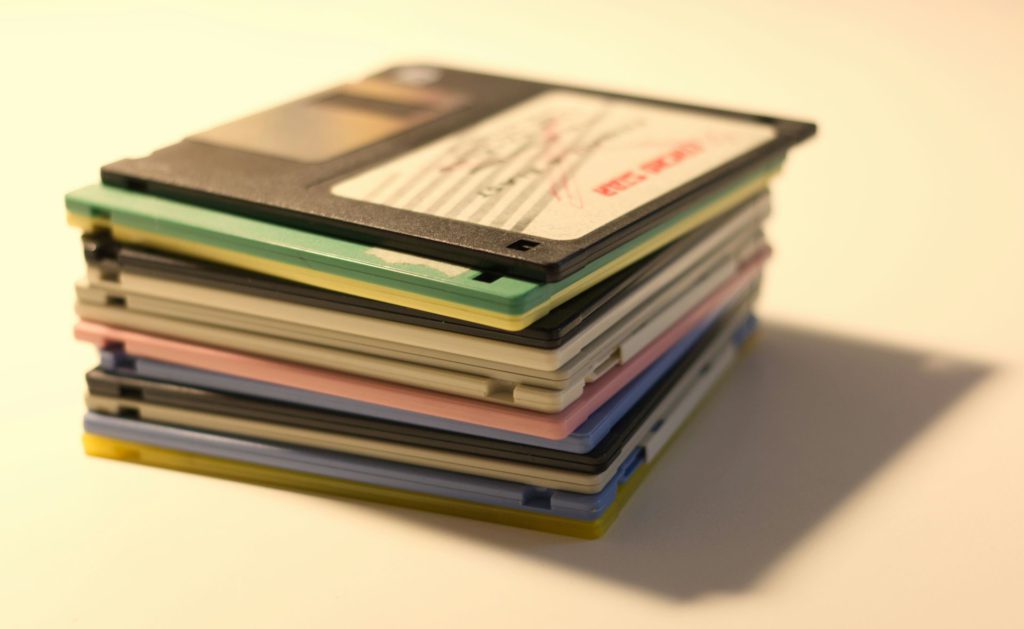
Data storage devices that held fractions of what single smartphone photos require today, yet somehow contained entire gaming experiences and important documents. These square guardians of term papers taught file management and saving work frequently.
Satisfying mechanical slide and click when inserting them into computers provided tactile feedback that cloud storage can’t replicate. Limited capacity forced decisions about what information was truly worth keeping versus digital hoarding.
29. Encyclopedias

Leather-bound knowledge repositories representing significant household investments before information became free and instantly accessible. Alphabetically organized volumes taught research skills and patience to find information without search bars or instant gratification.
Door-to-door encyclopedia salesmen’s pitches about “investing in your child’s future” created financial pressure that today’s parents, with their $9.99 Wikipedia donations, will never fully understand or experience.
28. Speak and Spell
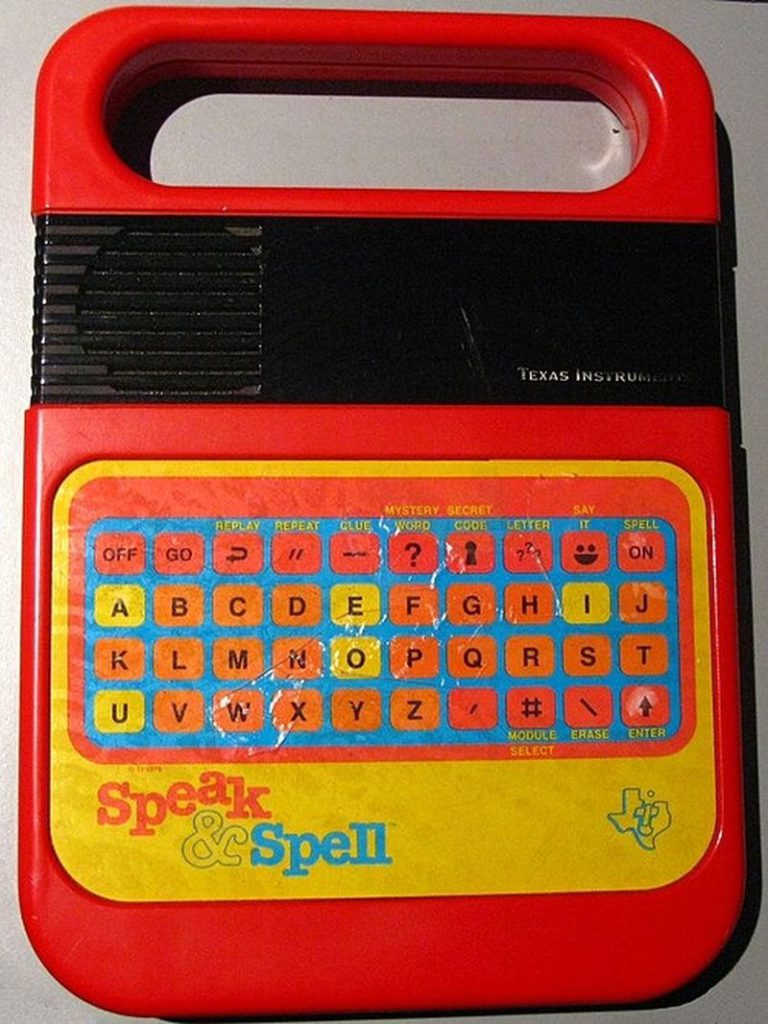
Before autocorrect made us all functionally illiterate, Texas Instruments’ educational powerhouse taught ’80s kids to spell with all the charm of a robot having a stroke. Games like “Mystery Word” and “Secret Code” transformed spelling from homework into something kids voluntarily did for fun.
That robotic voice—sounding like Stephen Hawking after gargling gravel—somehow made learning feel rebellious. Who knew educational technology could be so wonderfully traumatizing?
27. Roller Skates
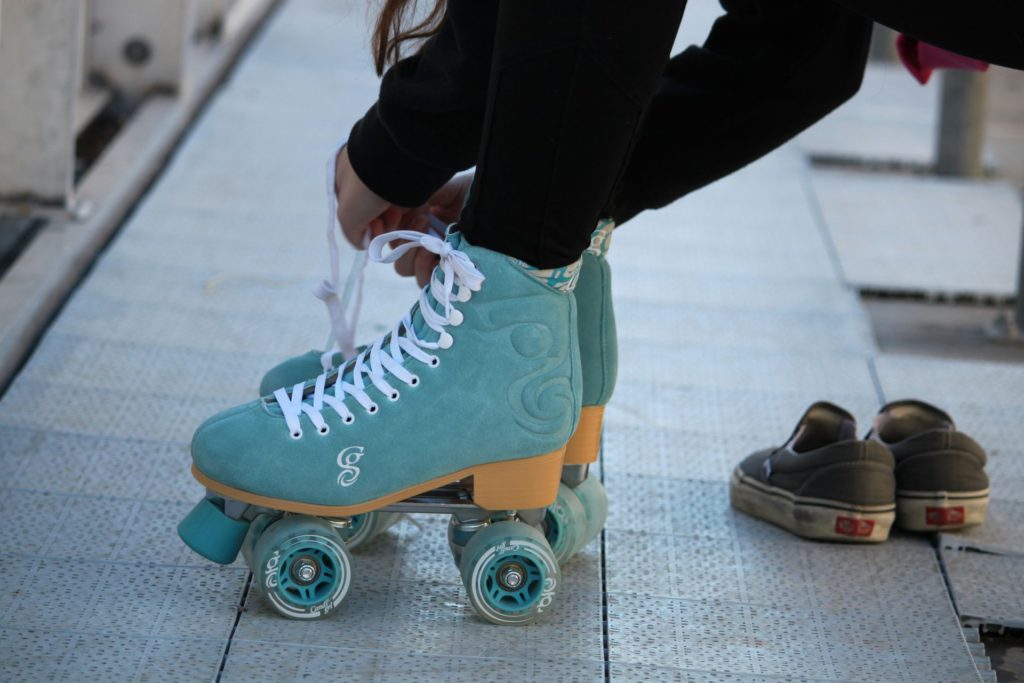
Before hoverboards caught fire (literally), four-wheeled freedom came in adjustable metal contraptions that clamped onto your shoes with the grip strength of a desperate relationship. Evolution to boot-style skates with pompoms and light-up wheels marked a pivotal moment in childhood mobility.
Roller rinks—with their disco balls, couple skates, and “all skate” announcements—were the original social networks where relationship statuses were established and broken over the course of a single YMCA dance routine.
26. Typewriters

Writing machines that made every keystroke permanent and mistakes costly in time and correction fluid. Satisfying mechanical clack provided auditory feedback that today’s silent keyboards can’t match, while lack of delete keys forced thoughtful composition.
Physical acts of returning carriages and triumphant bell dings at line endings turned writing into multisensory experiences rather than just staring at screens. Sometimes constraints breed better creativity than infinite options.
25. Tamagotchi
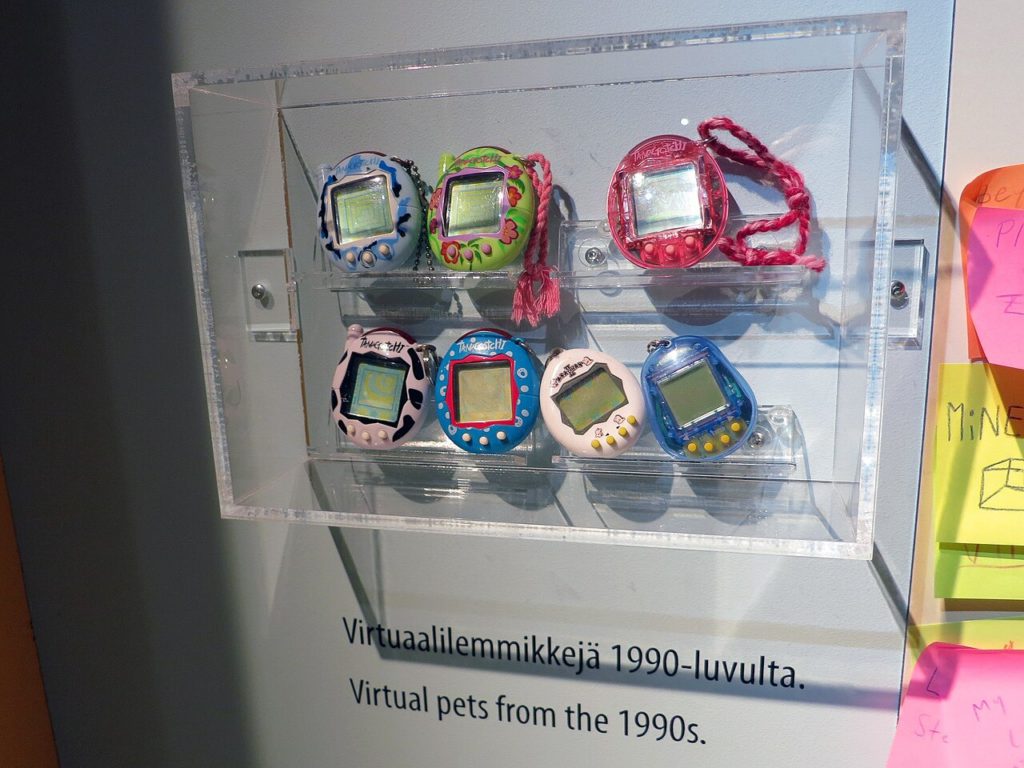
The original digital responsibility simulator that prepared absolutely no one for actual pet ownership. These egg-shaped keychains from 1996 contained needy pixel creatures demanding constant attention, teaching kids that neglect leads to digital death and real guilt.
Schools across America banned them after students prioritized feeding virtual pets over learning multiplication tables. A harbinger of our current phone addiction epidemic, except with more cartoon poop to clean up.
24. Sewing Machines
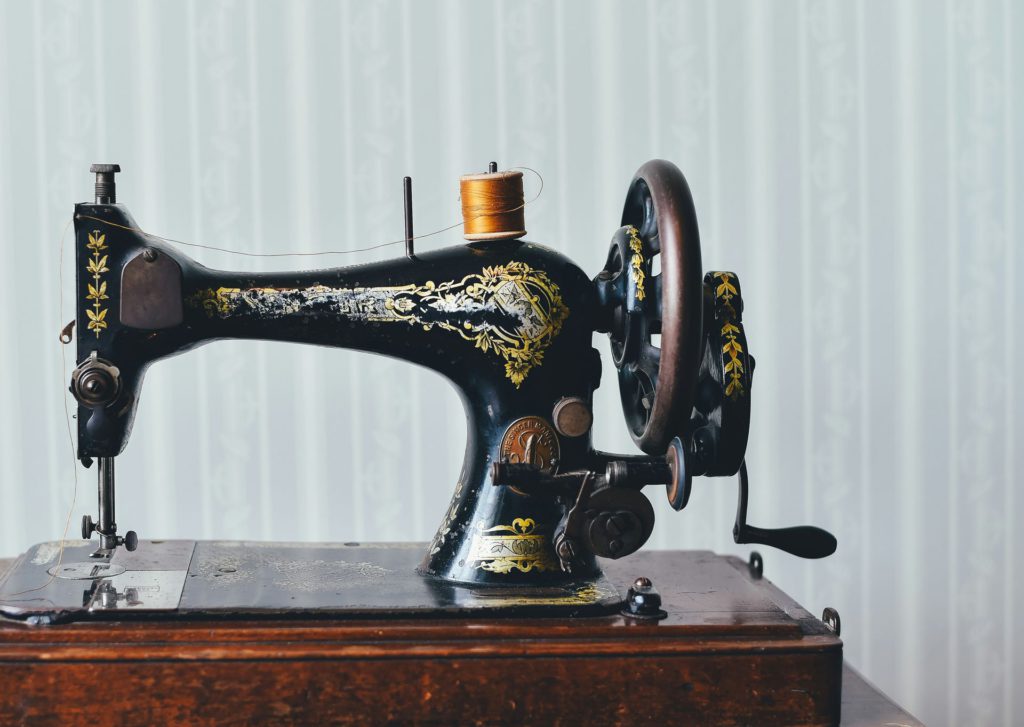
Clothing creation and repair tools that connected people directly to their garments through skill and patience. Rhythmic mechanical motion and distinctive sounds created sensory experiences that online shopping can’t replicate or replace.
Skills required—threading bobbins, maintaining tension, following patterns—represented self-sufficiency that fast fashion has largely replaced with disposable consumption and planned obsolescence.
23. Premium Sporting Equipment
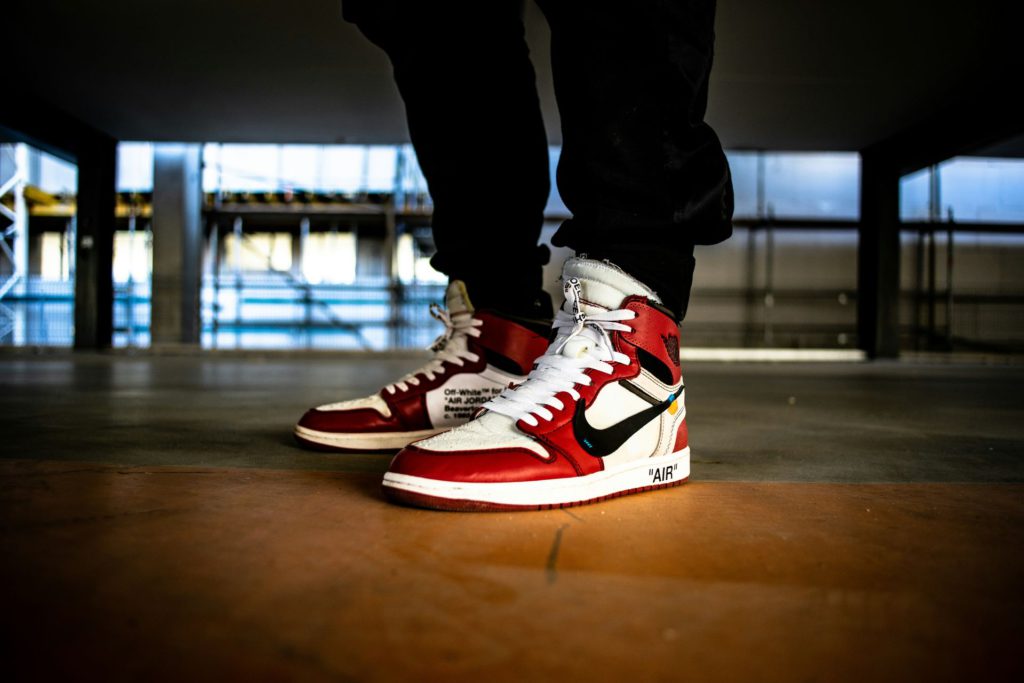
Nothing exposed neighborhood socioeconomic divides quite like who showed up with titanium baseball bats or top-of-the-line Air Jordans. Kids with $300 hockey sticks weren’t necessarily better at hockey—just better at having parents with disposable income and misplaced priorities.
Status symbols created playground hierarchies based on brand names, teaching children early lessons about consumer culture and keeping up with the Joneses’ offspring. Some lessons stick harder than algebra.
22. Sony Walkman
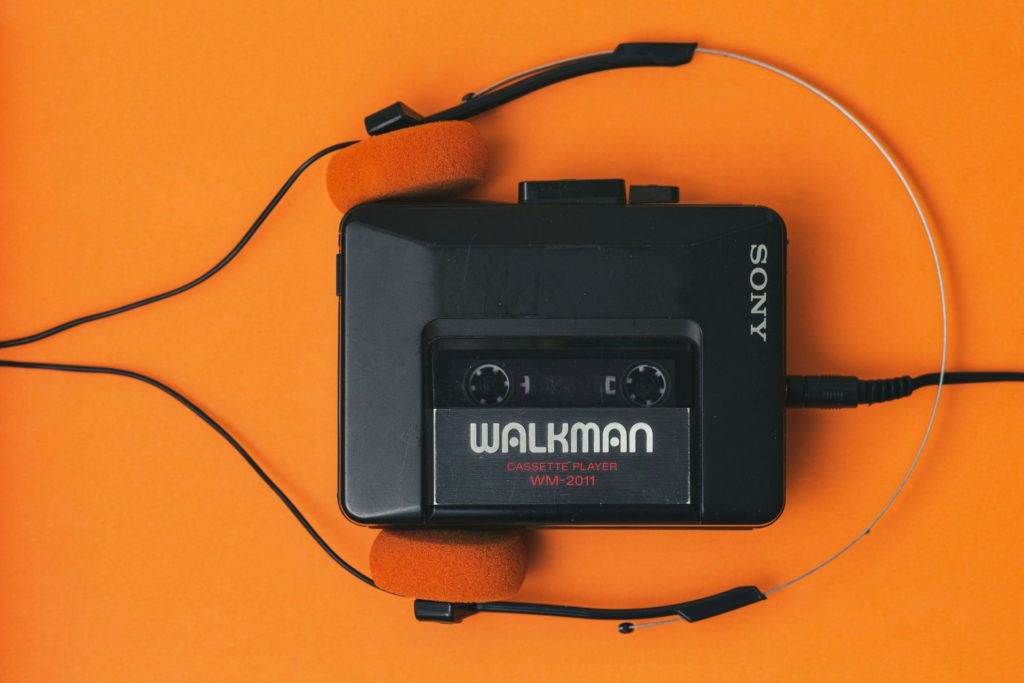
The original portable music experience that didn’t require cloud storage or monthly subscription fees. Released in 1979, this battery-eating rectangle democratized music consumption and invented the concept of personal space in public transportation.
Making mixtapes wasn’t just about music—it was relationship currency, with each carefully selected track conveying emotions too awkward to express in person. Flipping the tape and inevitable battery death mid-favorite song were features, not bugs, that taught patience in an impatient world.
21. Rotary Phones
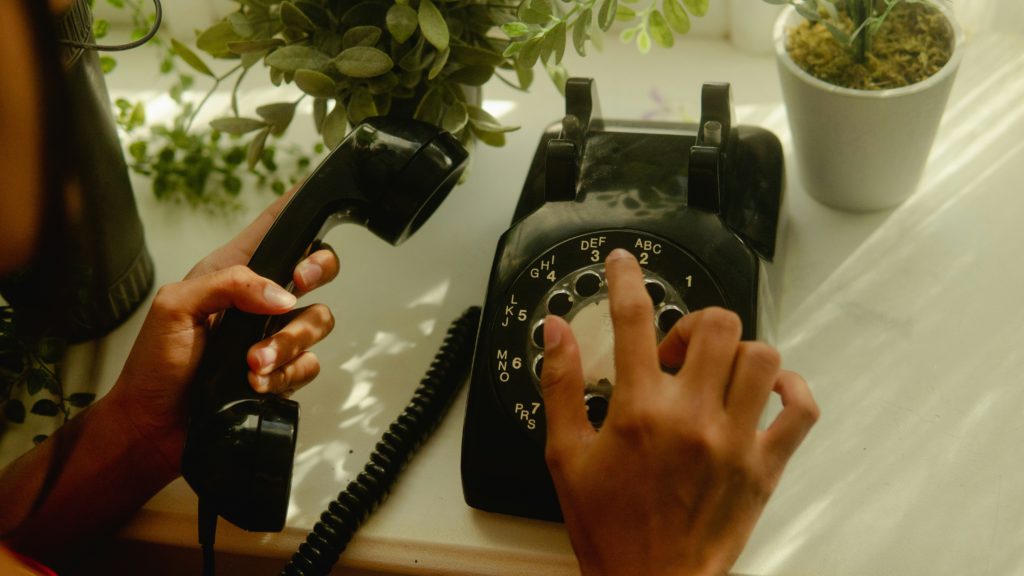
Communication devices that required commitment and finger strength to operate effectively. Dialing wrong numbers meant starting the entire process over, teaching valuable lessons about patience and precision that speed-dial eliminated forever.
Satisfying circular motion and mechanical click of each number created physical connection to communication that touchscreens can’t replicate. Shared family phones also meant conversations happened in common areas, naturally limiting teenage drama potential.
20. Viewmaster
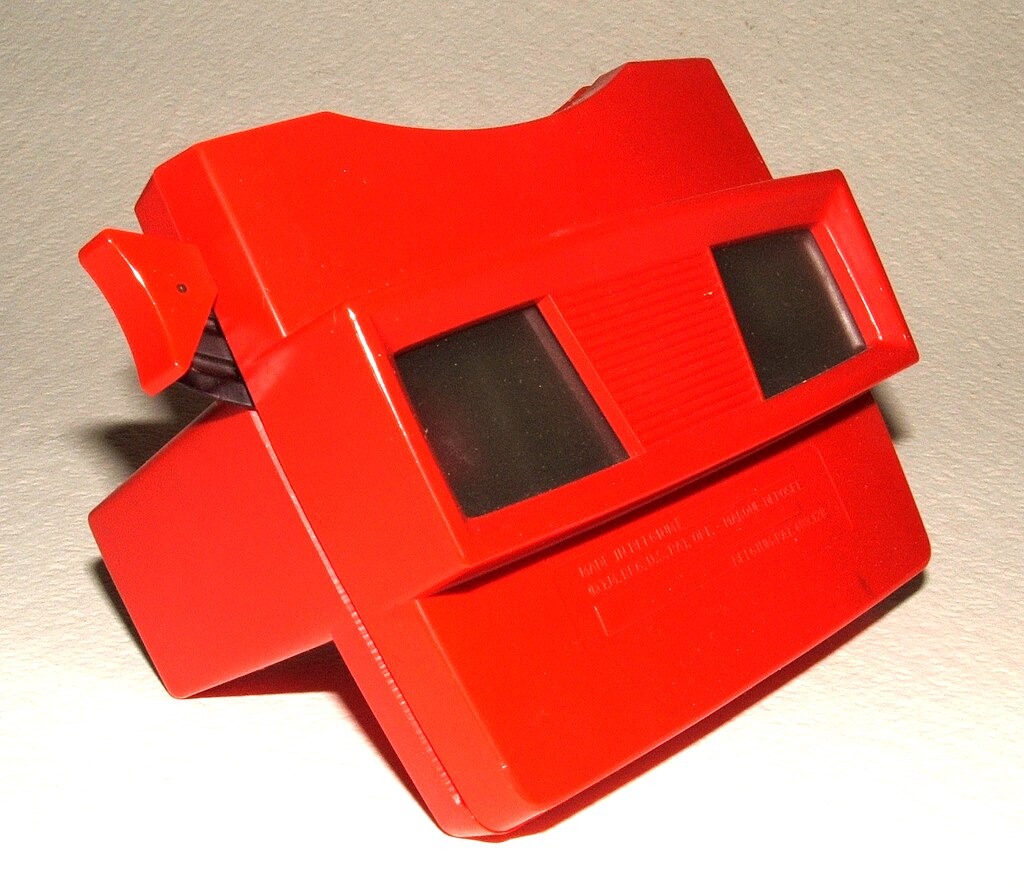
Original virtual reality headsets that transported ’70s kids to exotic locations through circular cardboard discs containing miniature wonders. Satisfying mechanical clicks when advancing frames created anticipation for each new 3D image discovery.
Handheld portals to other worlds didn’t require batteries, updates, or parental controls—just curiosity and decent light sources to illuminate the magic contained within those little reels.
19. Slap Bracelets
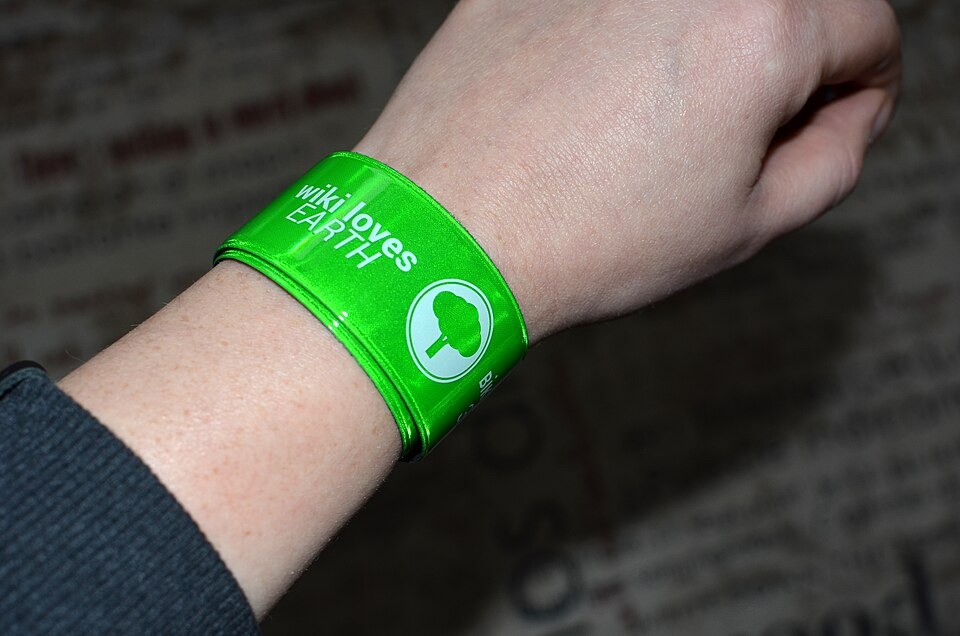
Wearable tech of the early ’90s that schools quickly banned for being too fun. These fabric-covered metal strips went from ruler-straight to wrist-hugging with one satisfying slap, providing dopamine hits that today’s fidget spinners could only dream of delivering.
Underground economies of confiscated and traded bracelets taught kids more about supply and demand than any economics class. Until inevitable metal-edge exposure turned them into tiny weapons, ending the party for everyone.
18. Alarm Clocks

Single-purpose waking devices that couldn’t distract you with TikTok videos at 2 AM when insomnia struck. Physical acts of setting alarm hands and satisfying clicks of AM/PM switches created intentional boundaries around sleep time.
Jarring mechanical bells or radio blasts provided definitive starts to days, unlike gentle, ignorable vibrations of smartphone alarms that enable “just five more minutes” syndrome indefinitely.
17. Film Cameras
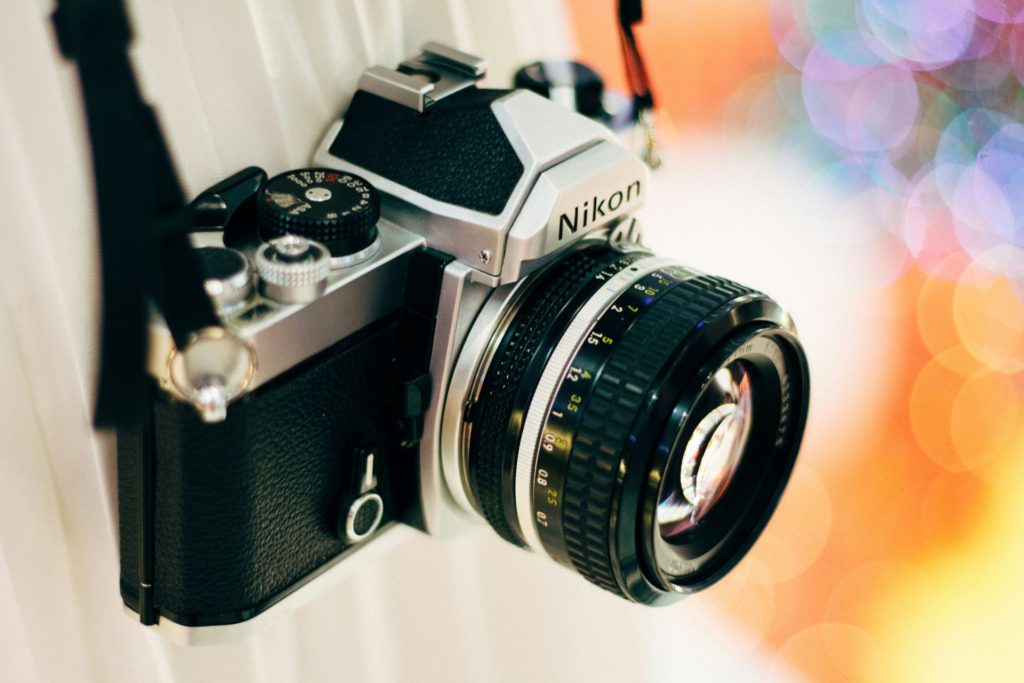
Photography with limited exposures taught composition and timing rather than the spray-and-pray approach digital storage enabled. Financial constraints of 24 or 36 exposures per roll made each shot consequential in ways unlimited cloud storage has eliminated.
Delayed gratification of waiting days for film development created genuine surprise when viewing images—sometimes disappointment, sometimes unexpected magic that couldn’t be immediately deleted and retaken.
16. Soda Fountains

Beverage stations that transformed drink dispensing into performance art worthy of audience appreciation. Soda jerks’ practiced movements—pumping flavored syrups, adding fizzy water, creating perfect ice cream floats—elevated refreshment into social ritual.
Community gathering spots served connection alongside cherry cokes, creating social spaces that drive-thrus and delivery apps have largely replaced with efficiency at the cost of human interaction.
15. Tube Televisions
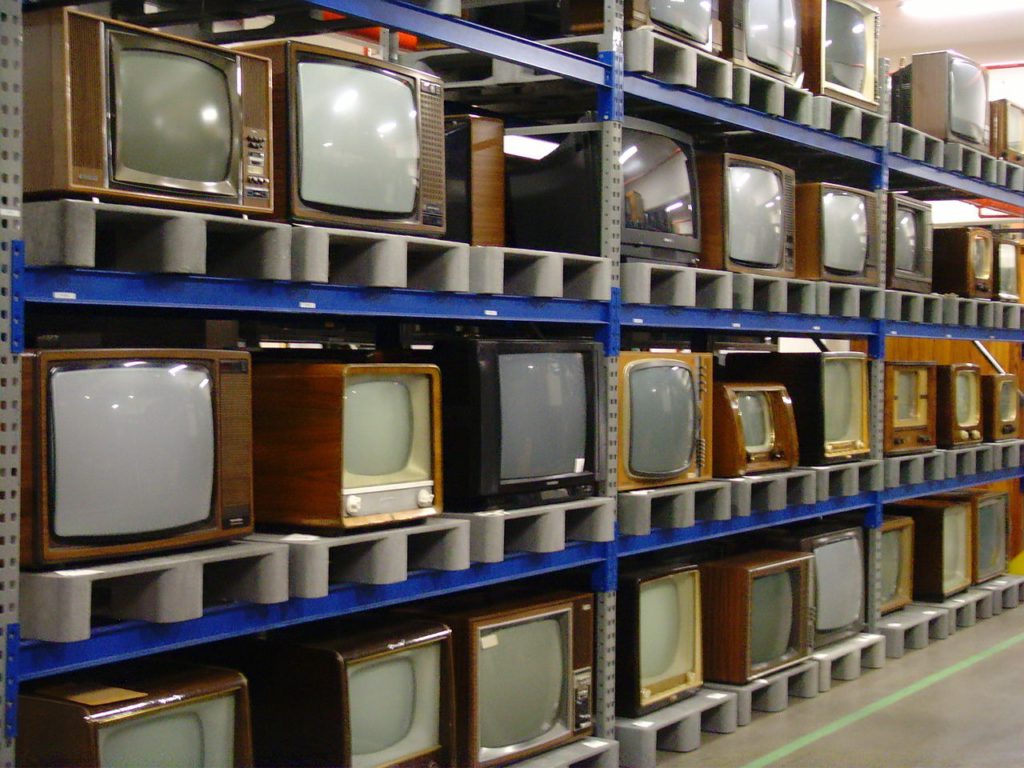
Entertainment centers that doubled as furniture and tripled as conversation pieces requiring family engineering projects. Warm-up periods—high-pitched whines and gradually brightening screens—created anticipation that instant-on displays have eliminated from the viewing experience.
Physical interaction of adjusting antennas for better reception turned watching TV into collaborative problem-solving rather than passive consumption of perfectly streamed content.
14. Pagers/Beepers
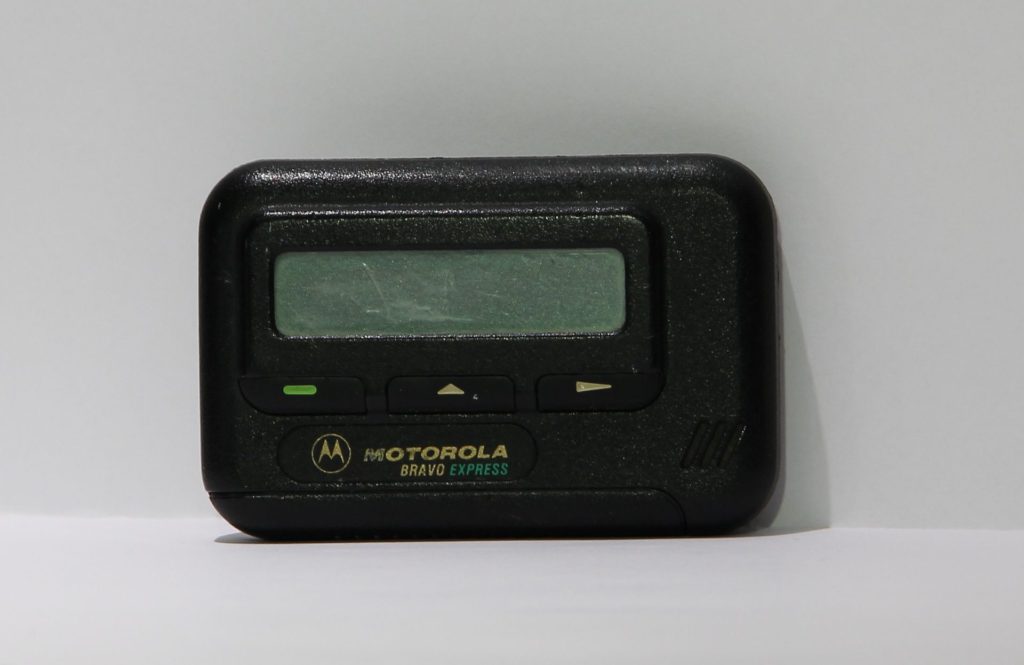
The original notification system that couldn’t be muted, silenced, or ignored without consequences. These clip-on status symbols from the ’90s turned “911” and “143” (I love you) into coded messages that predated emoji by decades.
Doctors, drug dealers, and eventually middle schoolers communicated through this primitive network that required finding an actual phone to respond. Built-in response delays created breathing room that today’s anxiety-inducing instant messaging has completely eliminated.
13. Public Pay Phones
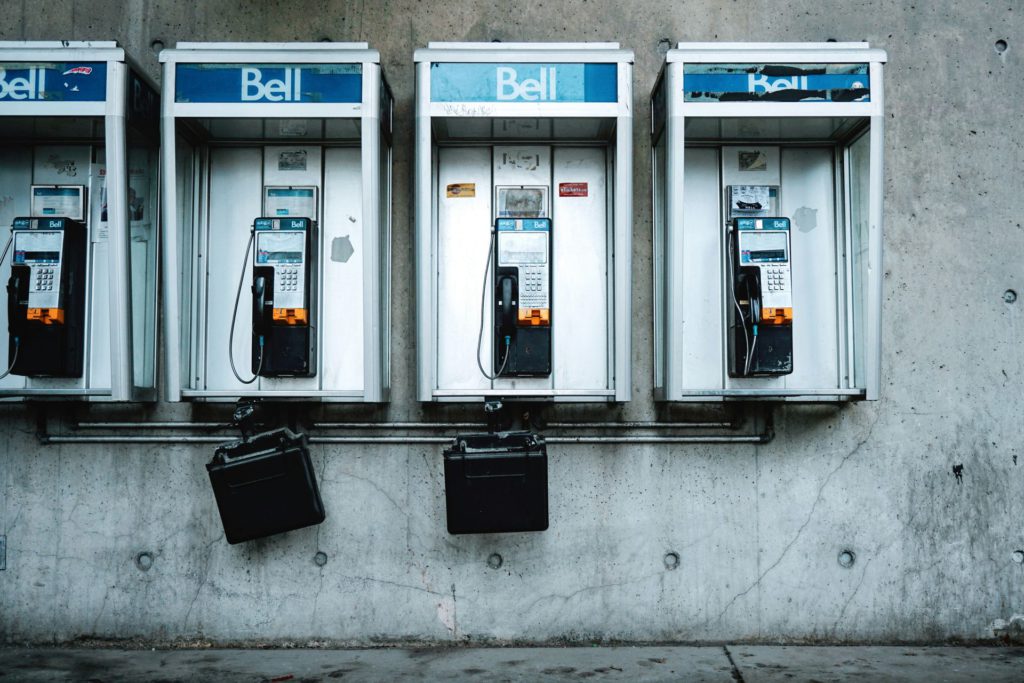
Communication kiosks that connected people to their worlds for just a quarter, requiring memorized phone numbers and pocket change. These urban lifelines demanded skills as obsolete as churning butter or navigating by stars.
Phone booths created private conversation spaces in public settings, complete with authentic ambiance of street noise and lingering scent of previous callers’ life choices and questionable hygiene decisions.
12. Record Players
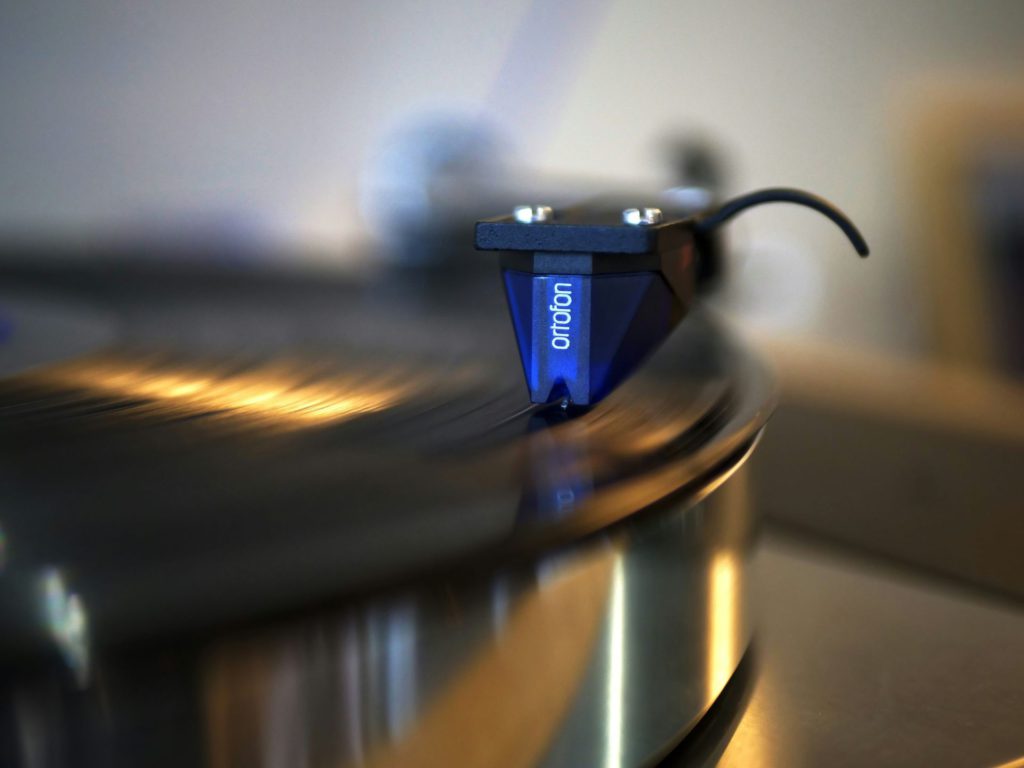
Before algorithms chose your music, these spinning platforms let you physically interact with your listening experience through ritual and intention. Removing vinyl from sleeves, carefully placing needles, and flipping sides created deliberate relationships with music.
Warm imperfection of analog sound—complete with pops and crackles—provided organic texture contrasting today’s clinically perfect digital audio. Sometimes flaws make things more human, not less enjoyable.
11. Card Catalogs

Wooden cabinets filled with meticulously handwritten cards served as library navigation systems before Ctrl+F existed to solve every search problem. Tactile experience of flipping through cards organized by author, title, and subject taught categorization skills.
The Dewey Decimal System—an analog algorithm—guided generations of students through information architecture without a single popup ad, sponsored result, or algorithmic bias influencing their research paths.
10. Simon Game
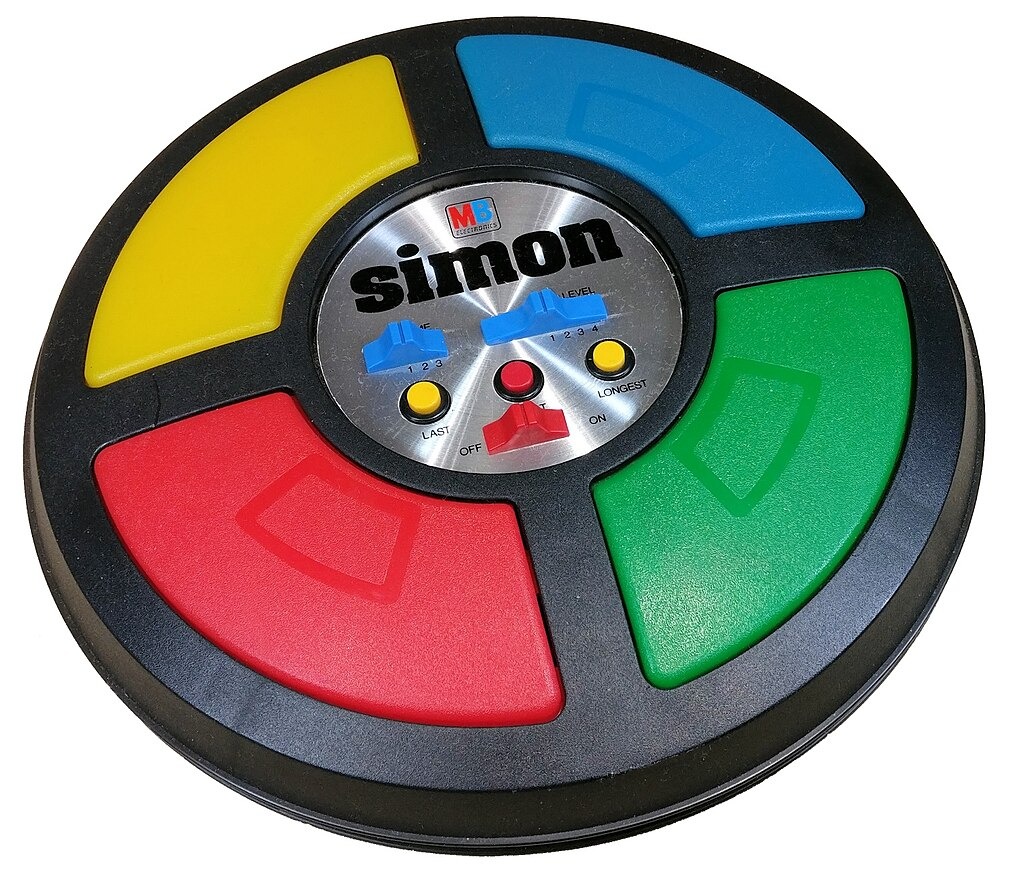
The original memory test before smartphone brain rot took over. This UFO-shaped gadget from 1978 with its four colored buttons was essentially the analog version of today’s “brain training” apps—except it actually worked. Hypnotic sequences of lights and sounds got progressively harder until you inevitably failed, teaching kids everywhere that life is just a series of increasingly difficult patterns until you mess up.
Invented by Ralph Baer and Howard Morrison, Simon was inspired by Atari’s less successful Touch Me arcade game and even launched with a party at Studio 54 nightclub in New York. Talk about making an entrance.
9. Arcade Games
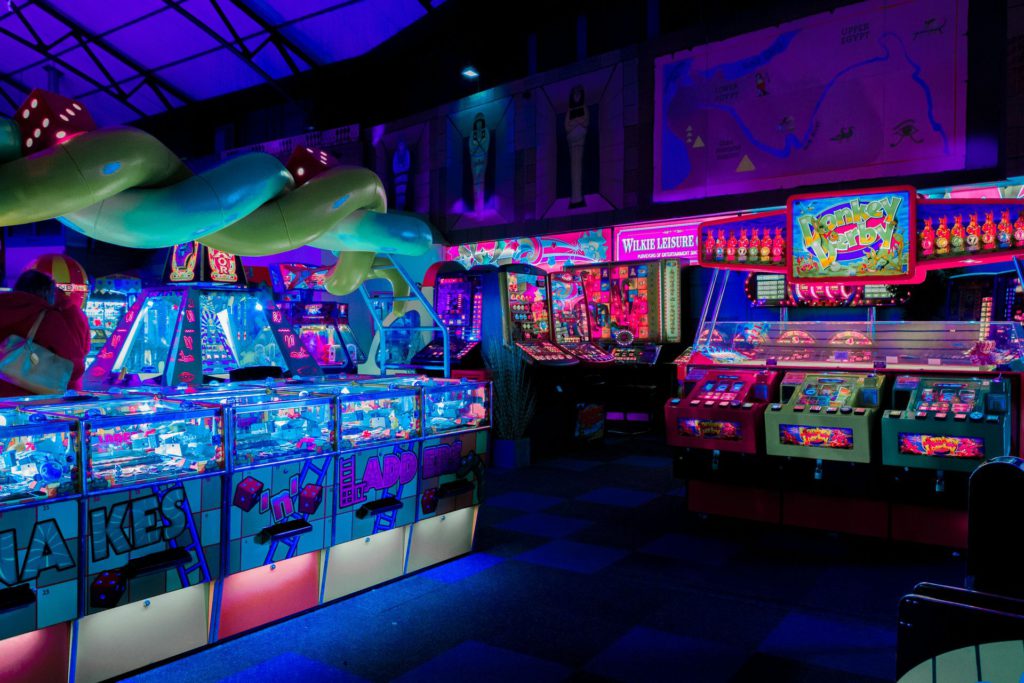
Video gaming as public, social experiences rather than isolated online interactions through headsets and chat functions. Neon-lit temples of quarter consumption created physical gathering spaces where skills were demonstrated in person.
Finite nature of gaming budgets—dependent on allowance or lawn-mowing money—created natural time limits that today’s endless subscription models and microtransactions have systematically eliminated.
8. Home Movie Cameras
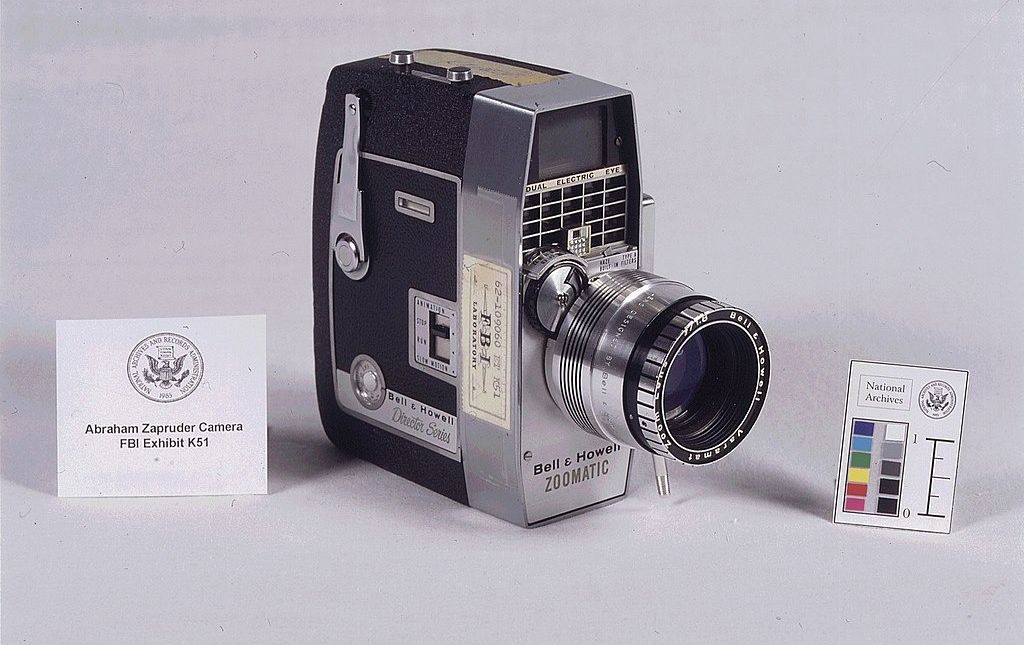
Family documentarians lugged these shoulder-mounted beasts to capture special occasions in grainy, shaky footage that somehow felt more authentic than today’s stabilized perfection. Expense and effort required meant only significant moments were preserved.
Physical limitations of film reels (typically 3-4 minutes) naturally edited life into digestible segments without needing TikTok’s artificial time constraints or attention-span accommodations.
7. Slide Projectors
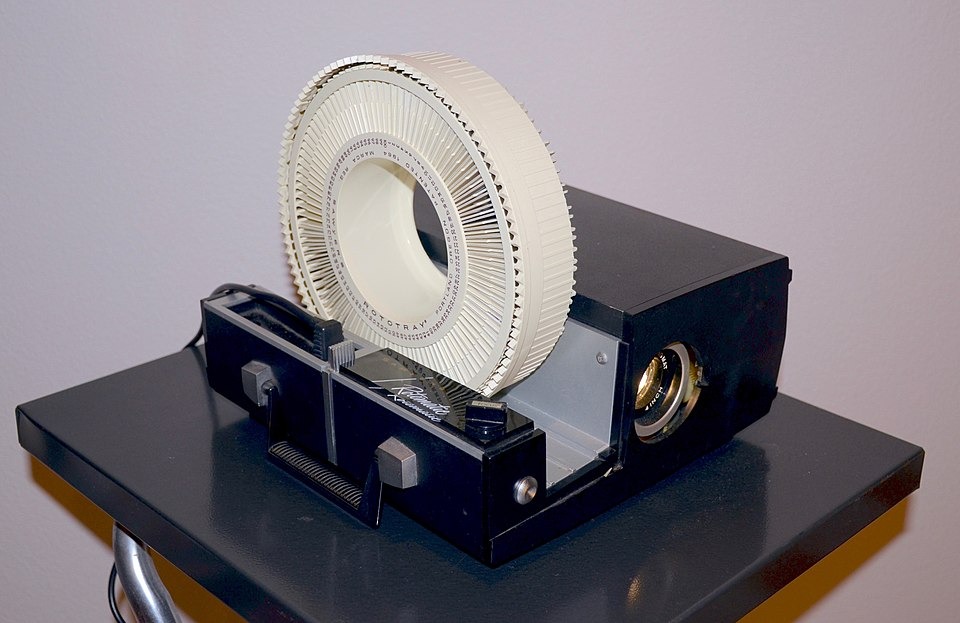
Family photo sessions that turned living rooms into theaters of embarrassment and nostalgic storytelling. Ceremonial setup—darkened rooms, humming projectors, dust-speckled beams of light—created event viewing rather than casual scrolling through endless feeds.
Inevitable jammed slides or upside-down images provided intermission entertainment, while clicking advance buttons passed control around the room, democratizing storytelling in ways digital albums never replicate.
6. CRT Televisions
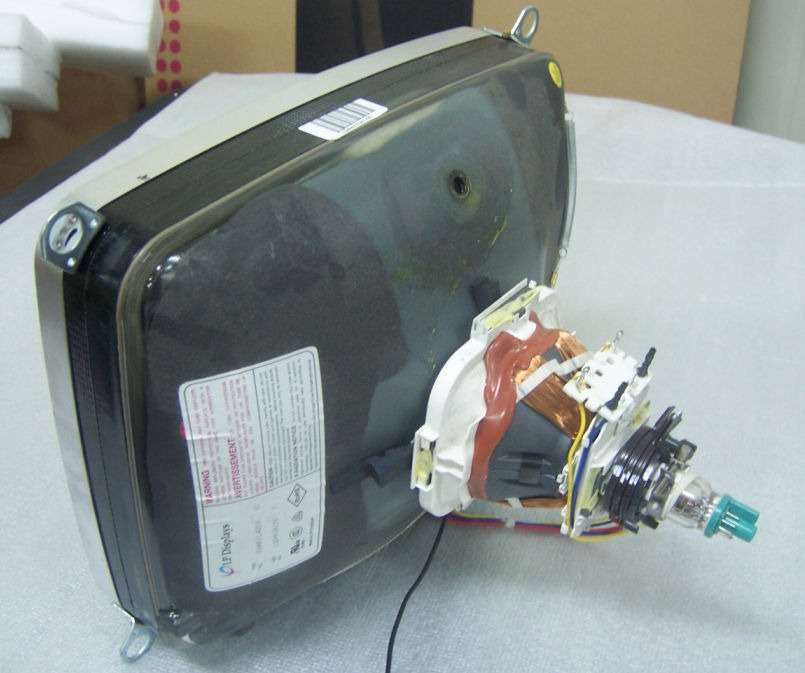
These boxy behemoths weren’t just TVs—they were furniture that doubled as emergency storm shelters. Weighing roughly the same as a small planet, these 27-inch monsters required a team of movers and the structural integrity of an oak entertainment center. Static electricity could power a small village, while that satisfying “thunk” when you turned it off delivered pure analog bliss.
Your paper-thin OLED could never replicate that warm-up period—the high-pitched whine and gradually brightening screen that created anticipation for whatever three channels you could actually receive.
5. Handwritten Letters

Communication requiring thought, effort, and patience rather than instant gratification and immediate responses. Physical artifacts of personality—handwriting, stationery choice, even lingering scents—created intimate connections that emails and texts simply cannot replicate.
Anticipation of checking mailboxes and recognizing friends’ handwriting provided excitement that notification pings have replaced with pavlovian anxiety and constant digital interruption.
4. Library Card Catalogs
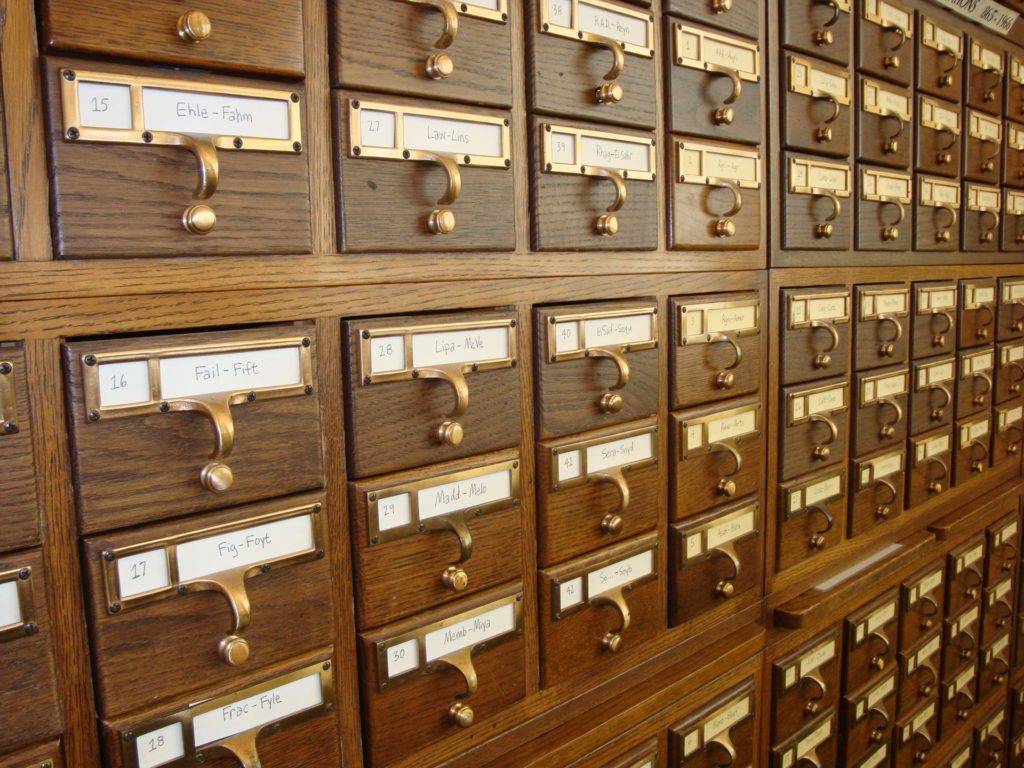
Information organization systems requiring physical interaction and understanding of classification principles beyond simple keyword searches. Satisfying sounds of wooden drawers sliding open revealed neatly typed cards guiding you to knowledge treasures.
Methodical processes of looking up subjects, writing down call numbers, and hunting through shelves built research skills that Ctrl+F has made obsolete in the age of instant answers.
3. Landline Telephones
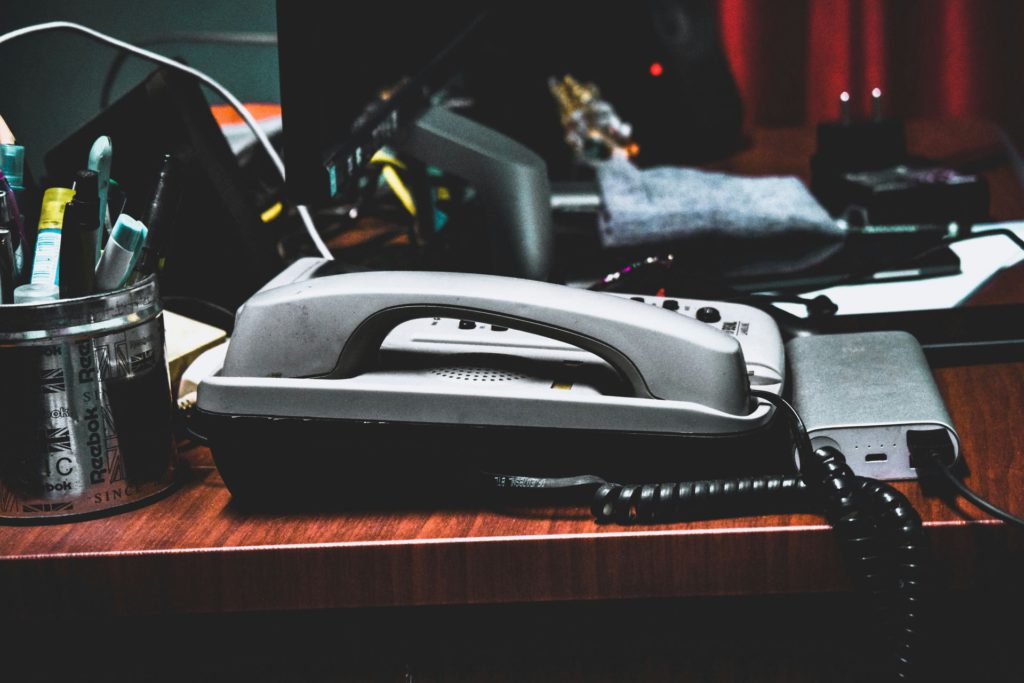
House phones that couldn’t be silenced, ignored, or taken to inappropriate locations without architectural modifications. Shared family communication hubs meant everyone knew your business, creating natural boundaries around private conversations and teenage secrets.
Physical connection to specific locations meant being unreachable was normal, not anxiety-inducing exceptions requiring explanations. Stretchy cords reached just far enough for minimal privacy, teaching negotiation skills with siblings.
2. Photo Albums
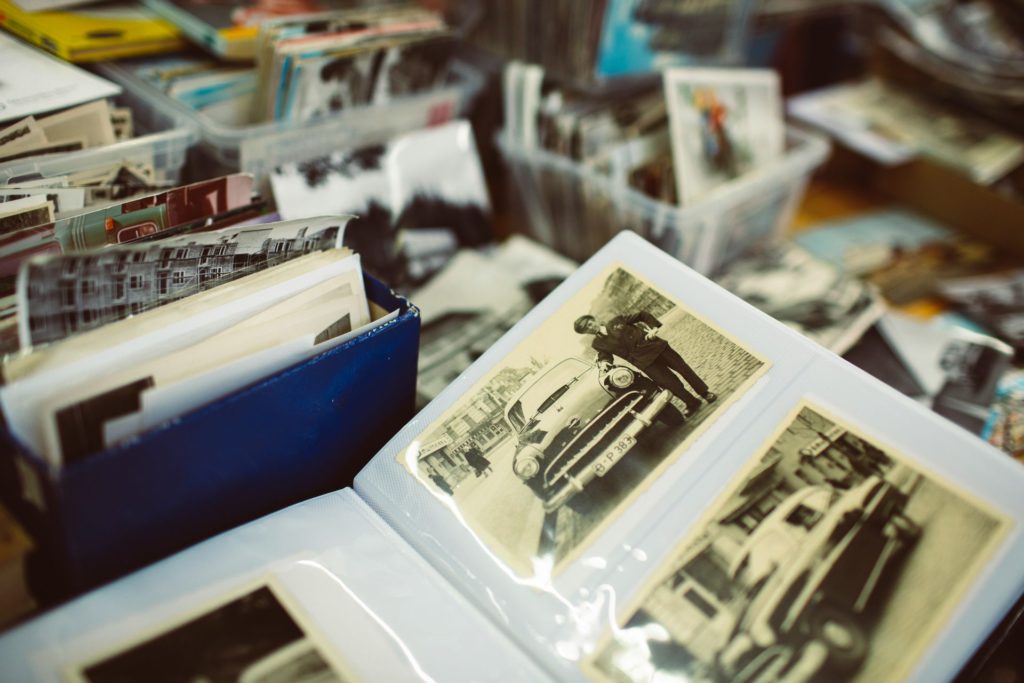
Physical archives of life moments organized chronologically in plastic-sheet protectors that preserved memories and fingerprints equally. Curation processes—selecting which prints deserved album status—created natural editing systems digital storage has eliminated.
Family gatherings centered around these bound memories created shared storytelling experiences, unlike today’s individual scrolling through private cloud libraries that isolate rather than connect.
1. Polaroid Cameras
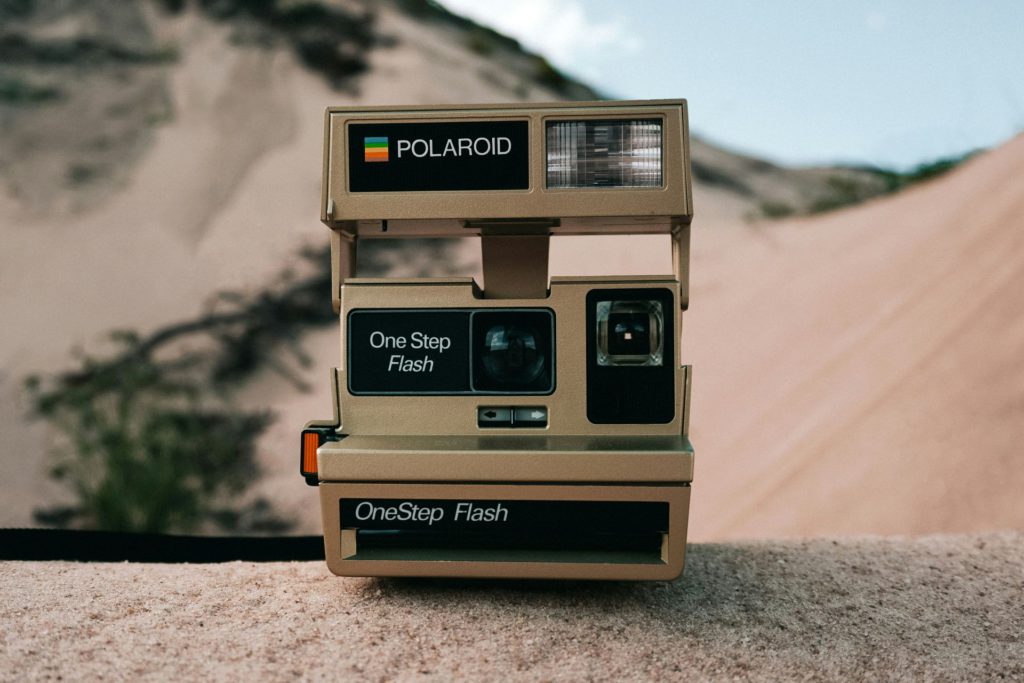
Instant photography with actual suspense built into the experience. Unlike today’s endless digital retakes, Polaroid’s chemical magic gave you one expensive shot to get it right—teaching composition through financial consequence.
Watching images slowly materialize taught patience in ways Instagram filters never could. These cameras transformed ordinary moments into physical artifacts that couldn’t be deleted with a swipe, preserving awkward phases for generations of family embarrassment. instant-on displays have eliminated from the viewing experience.


